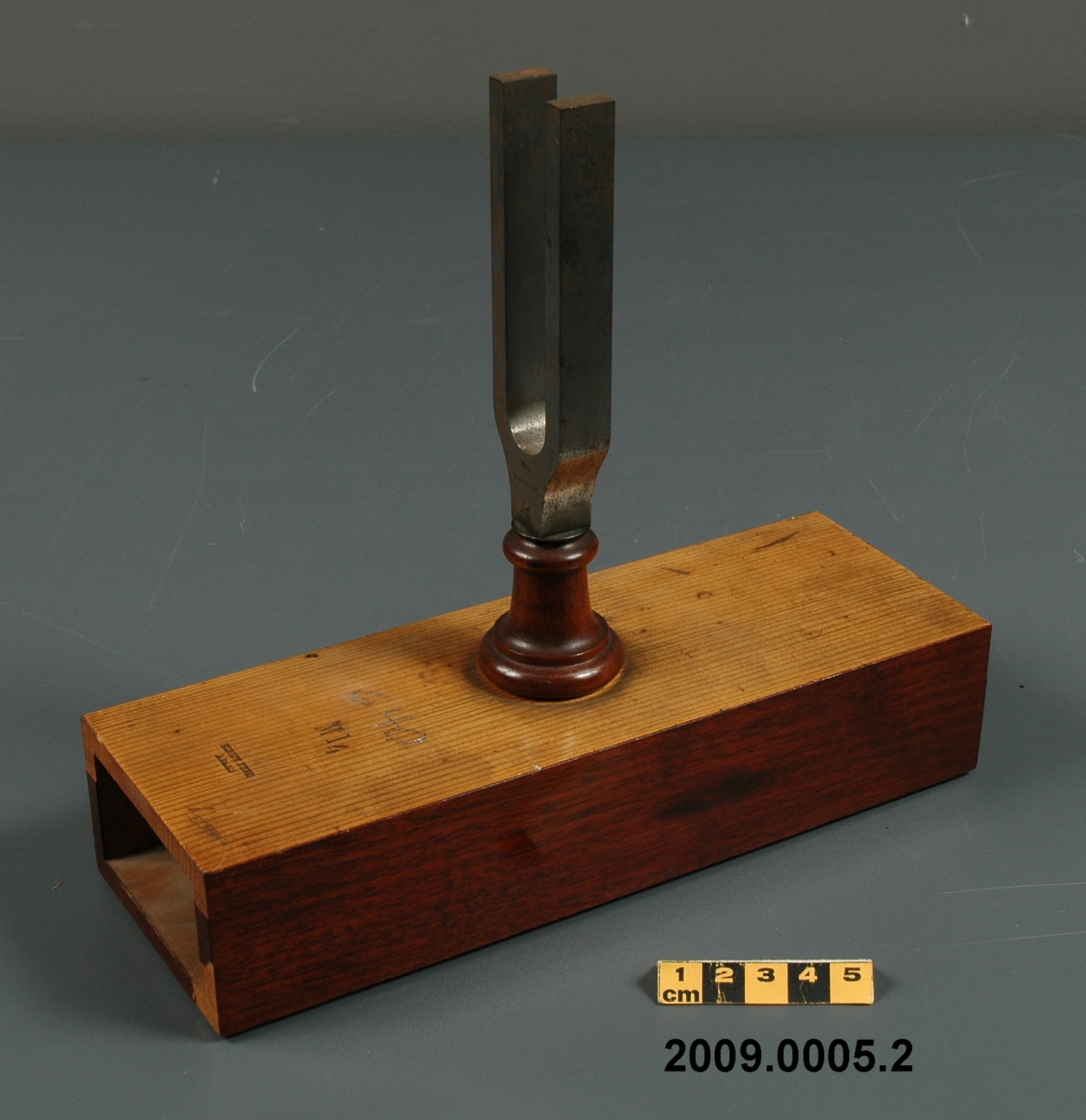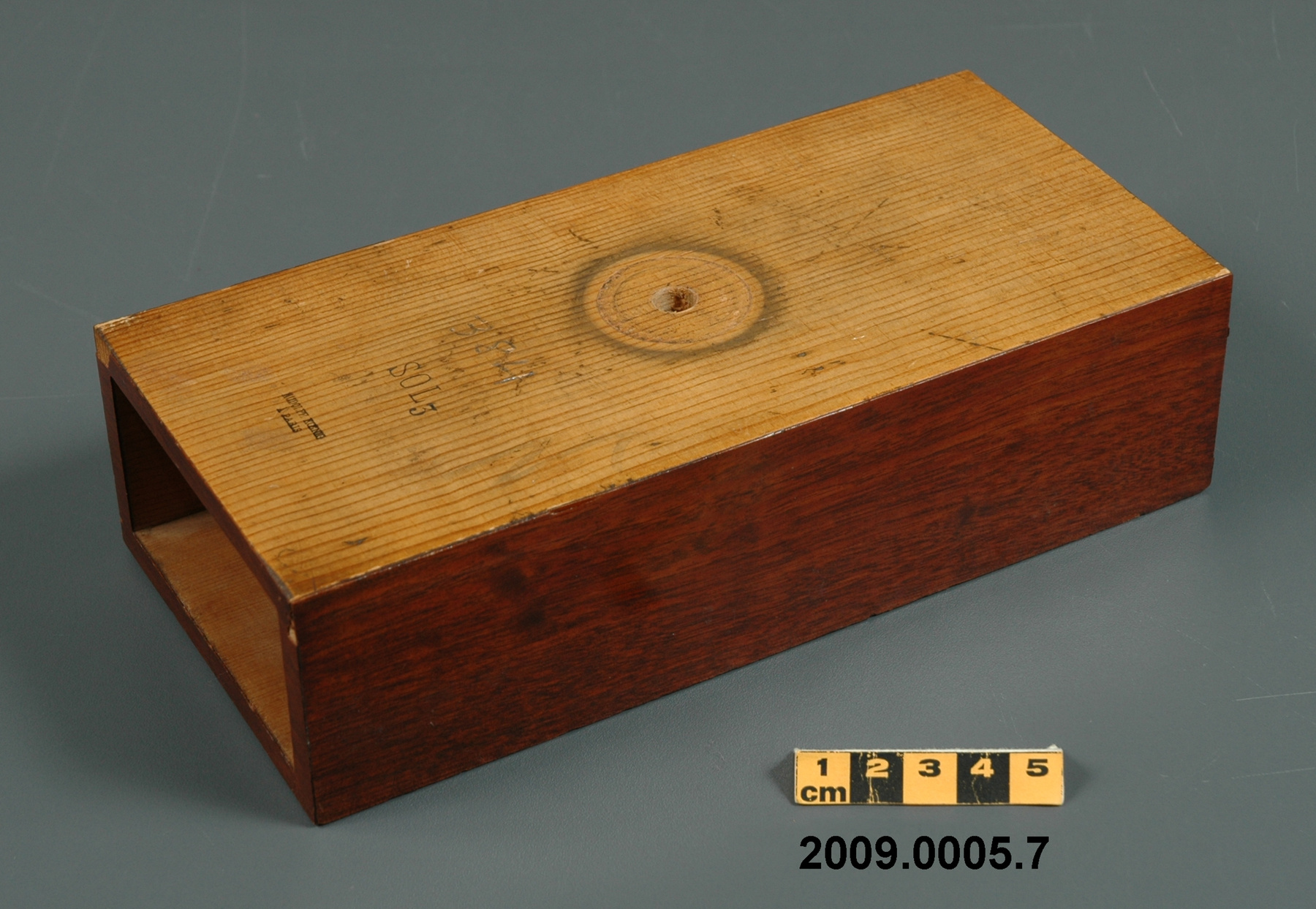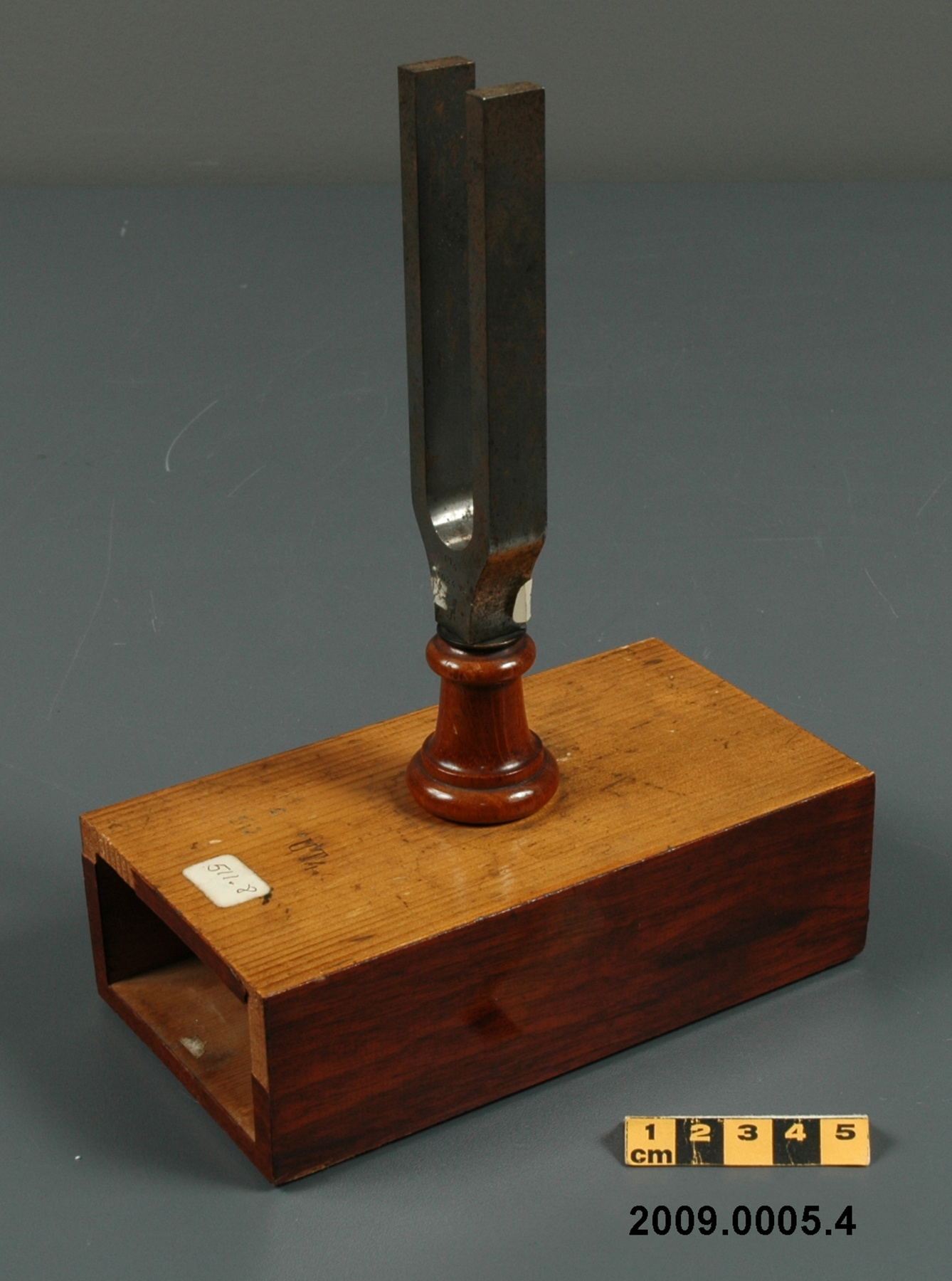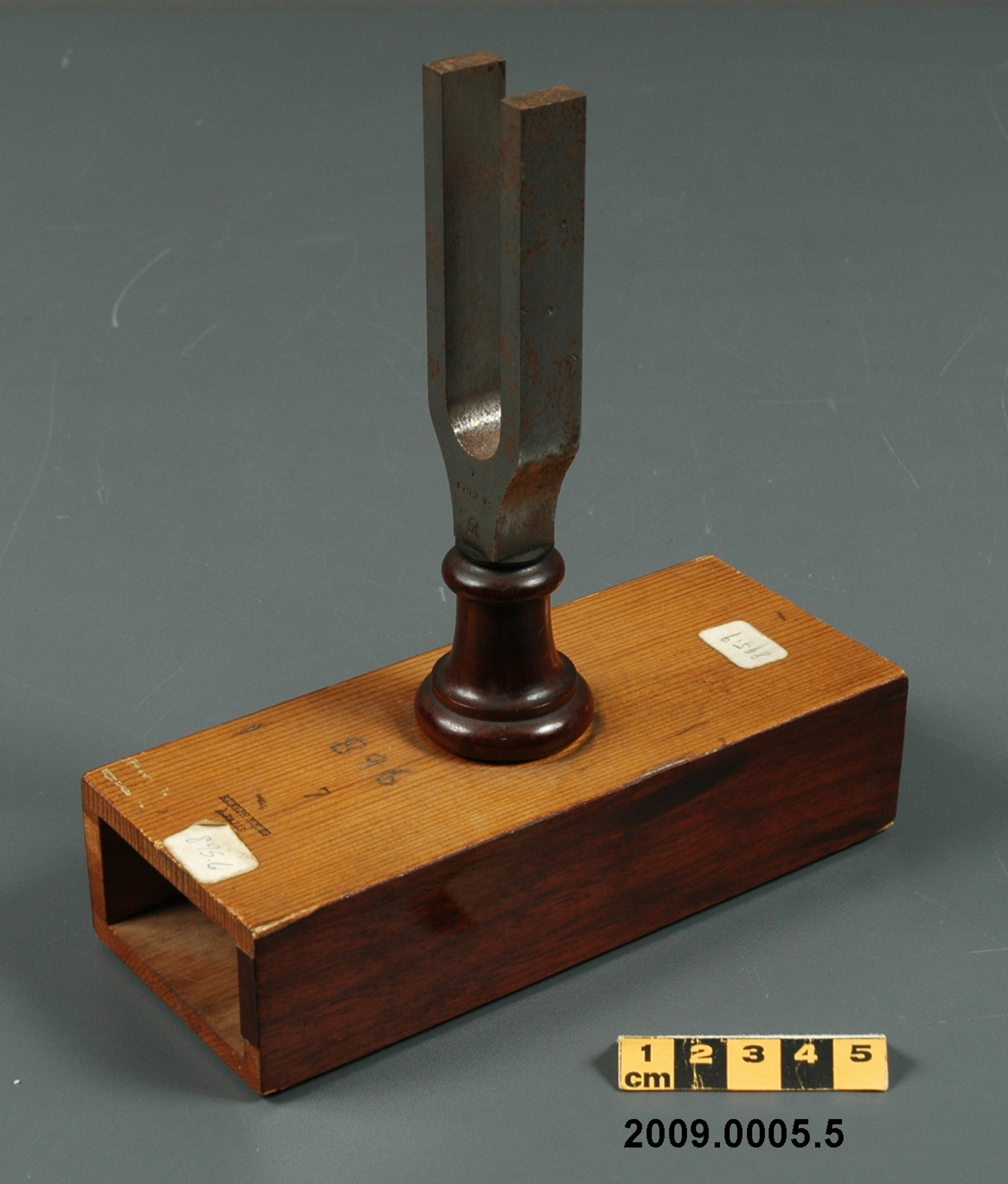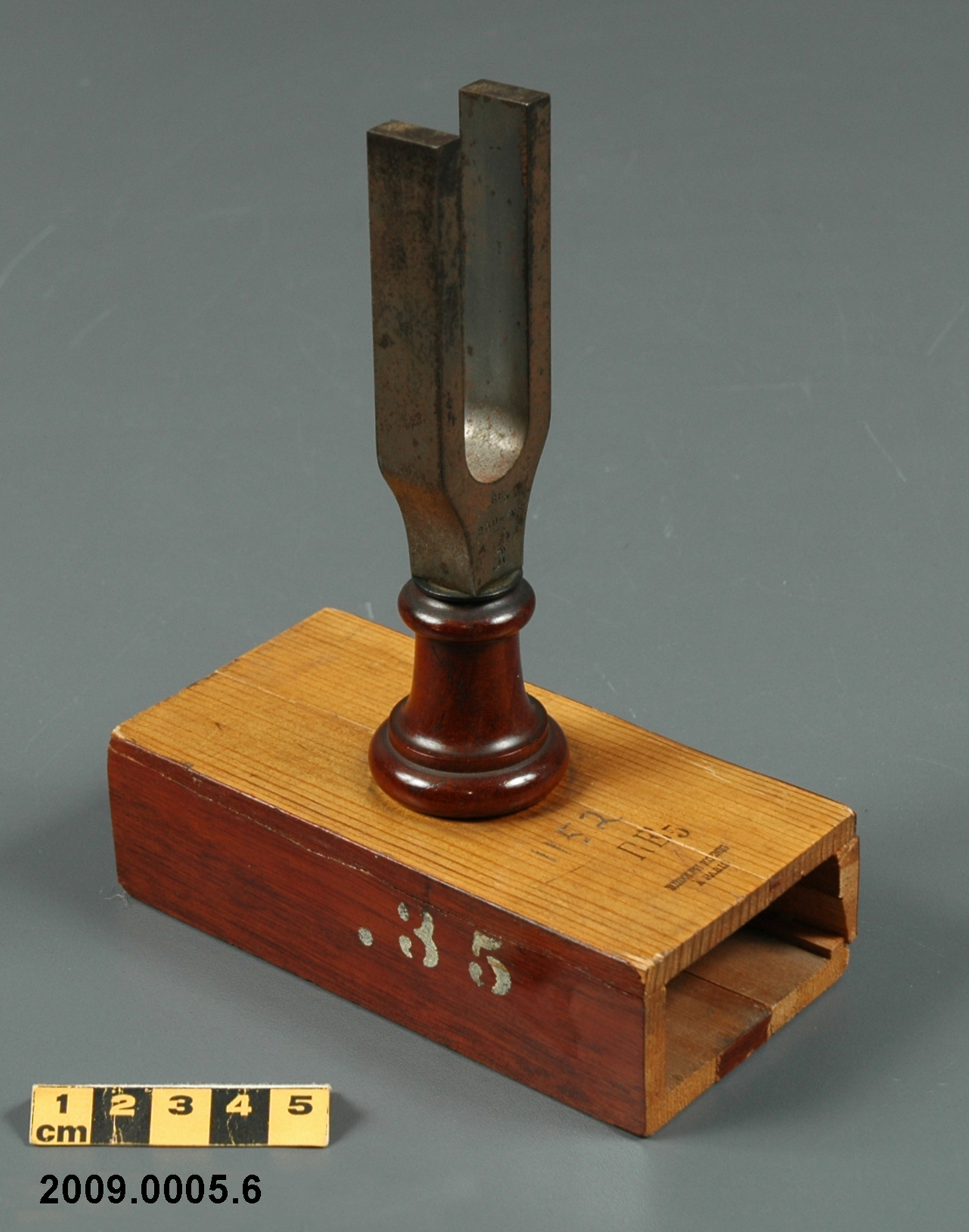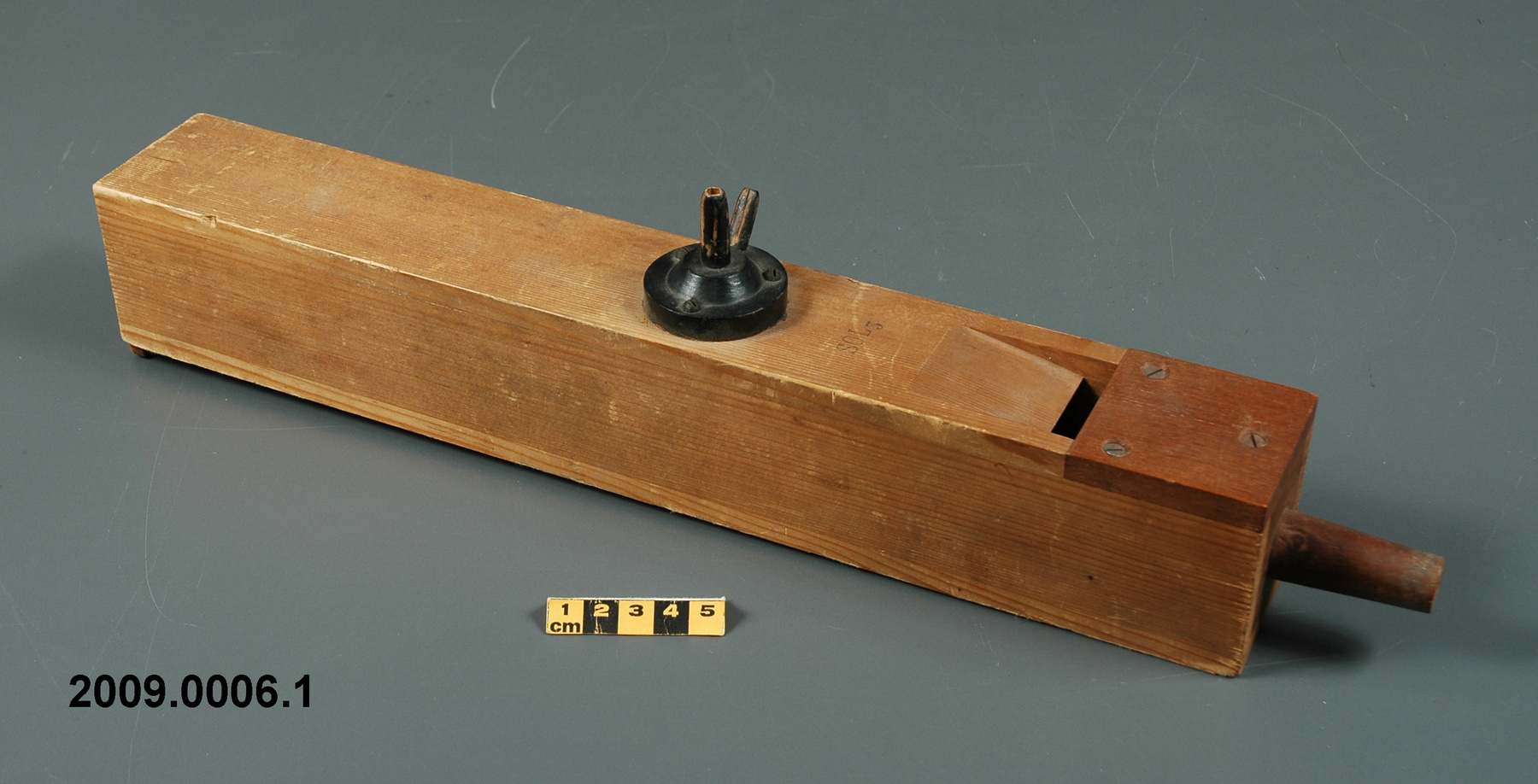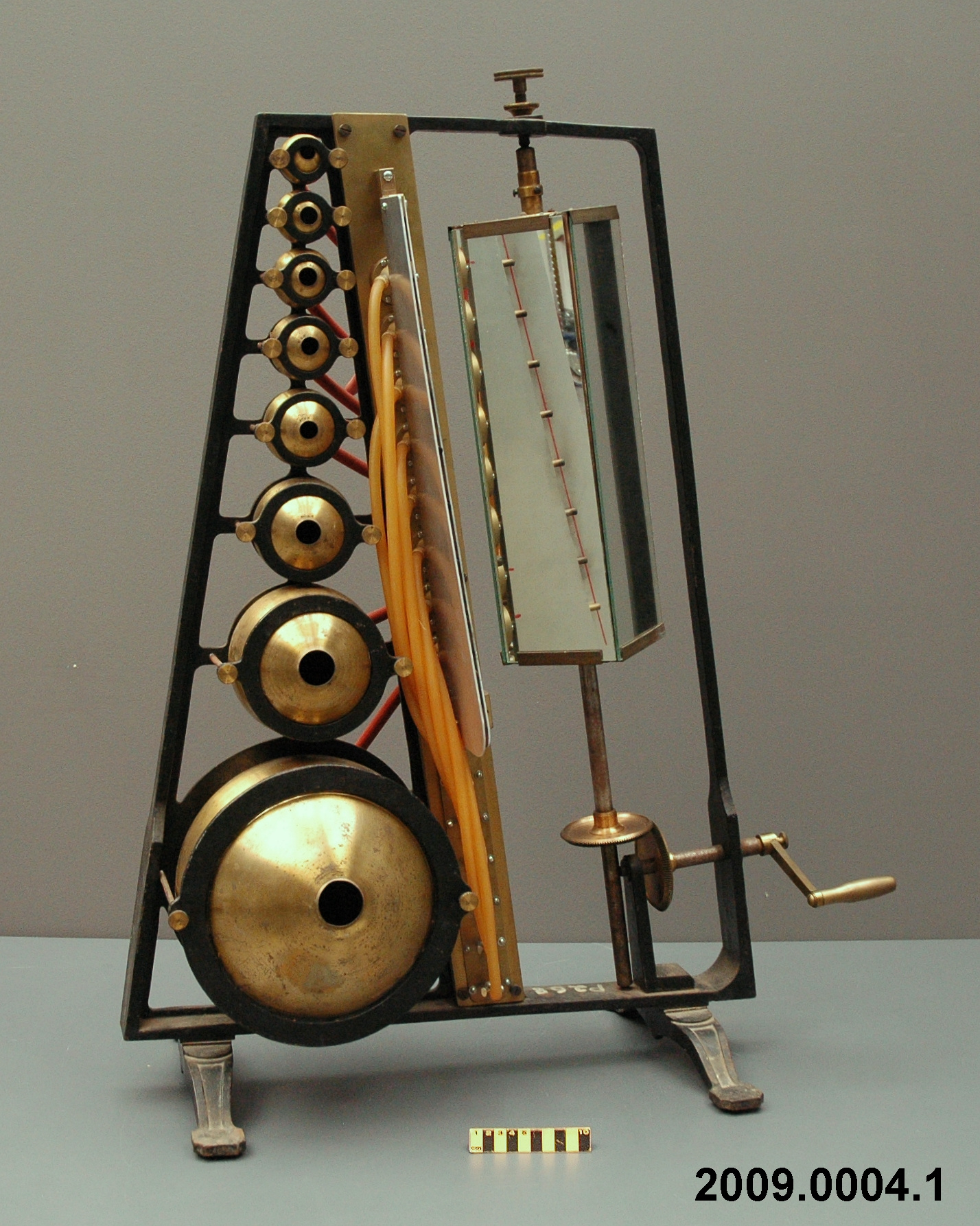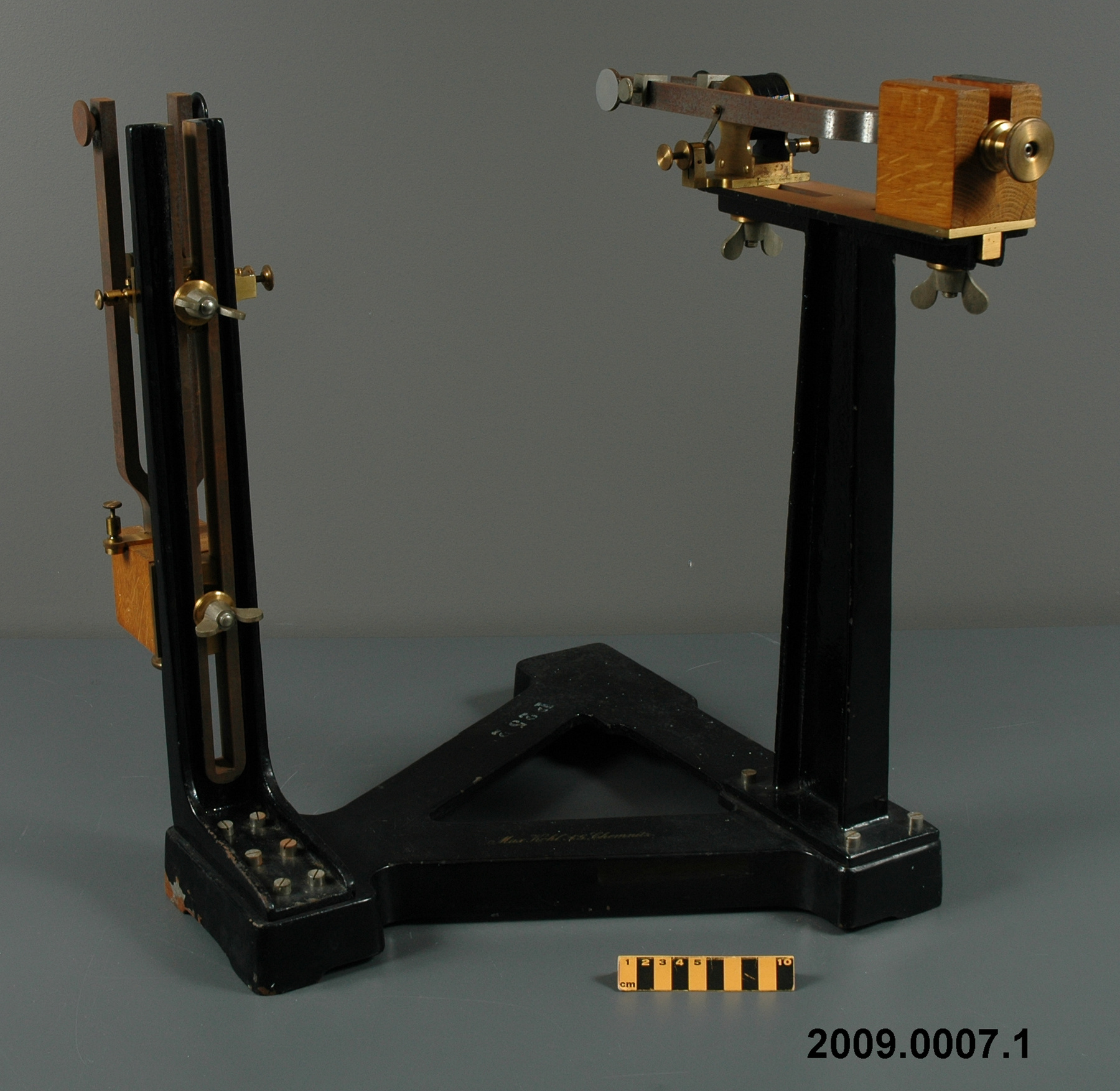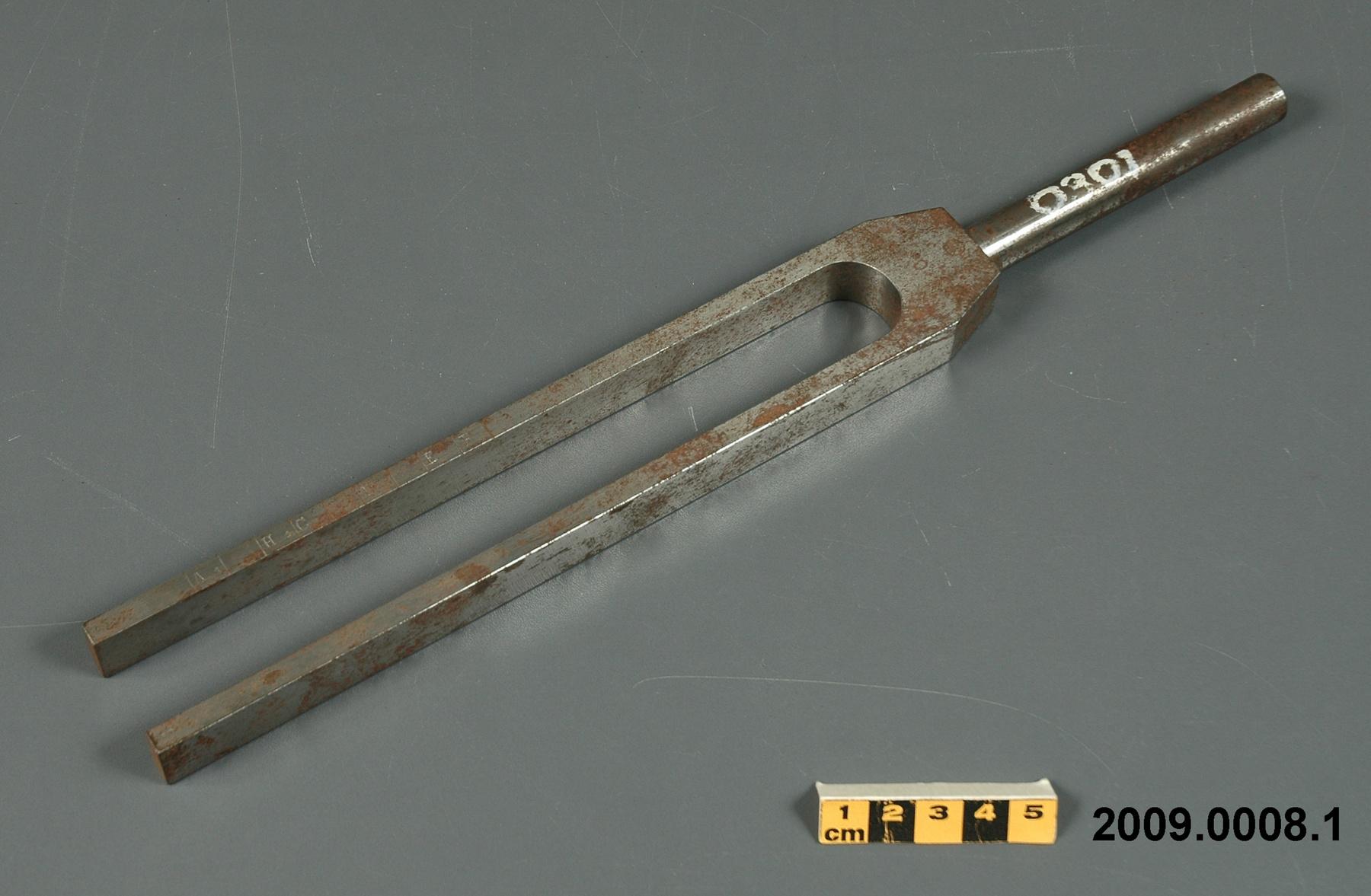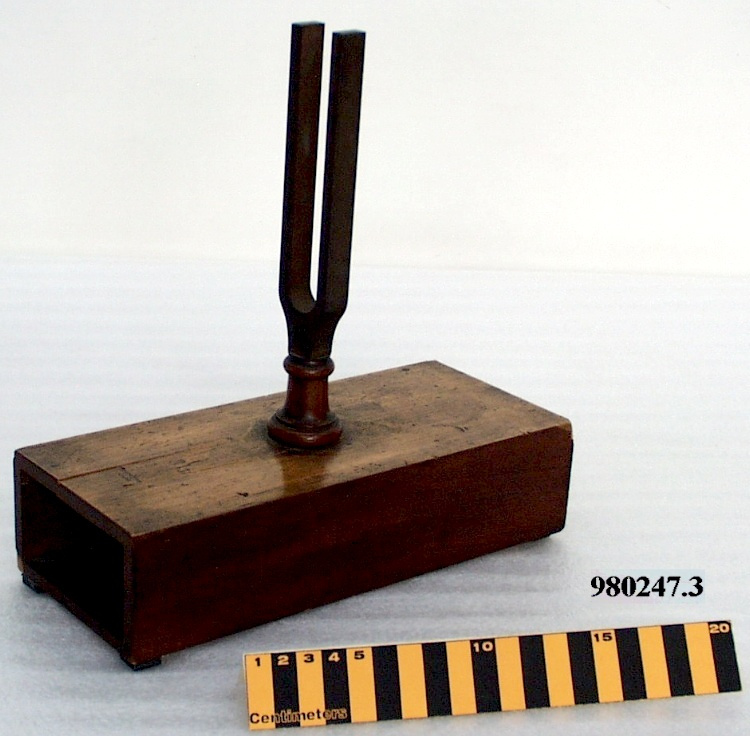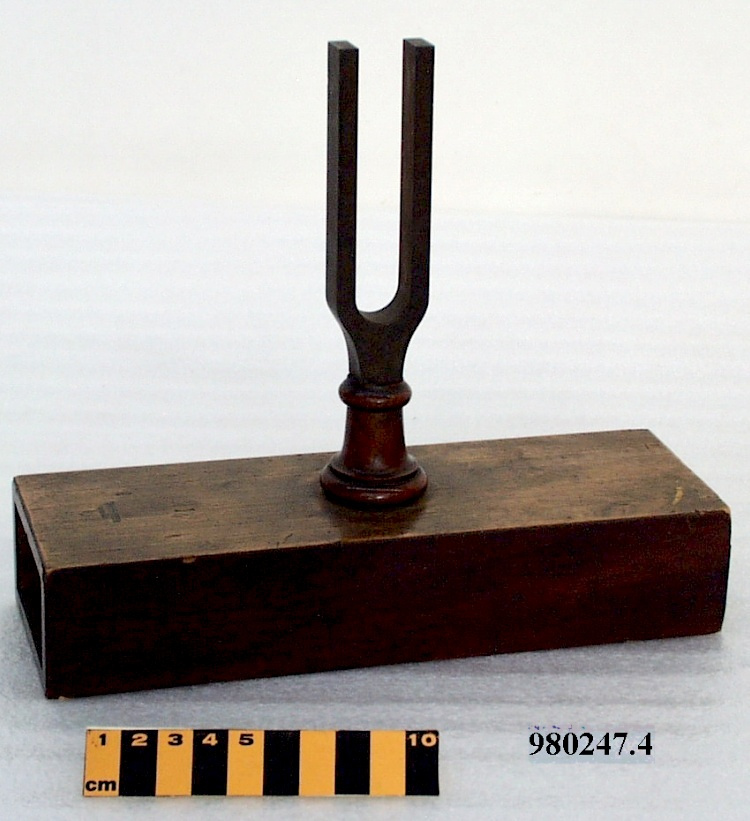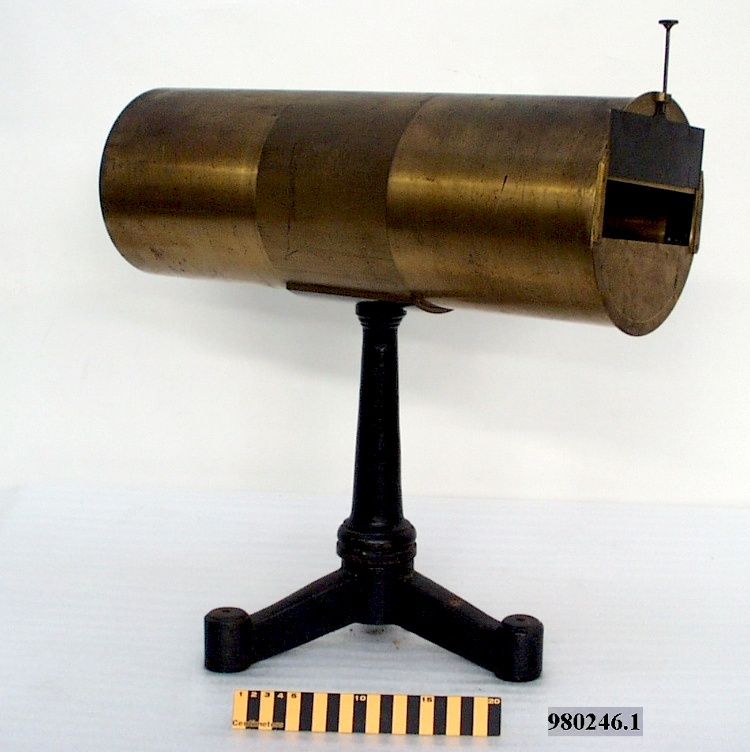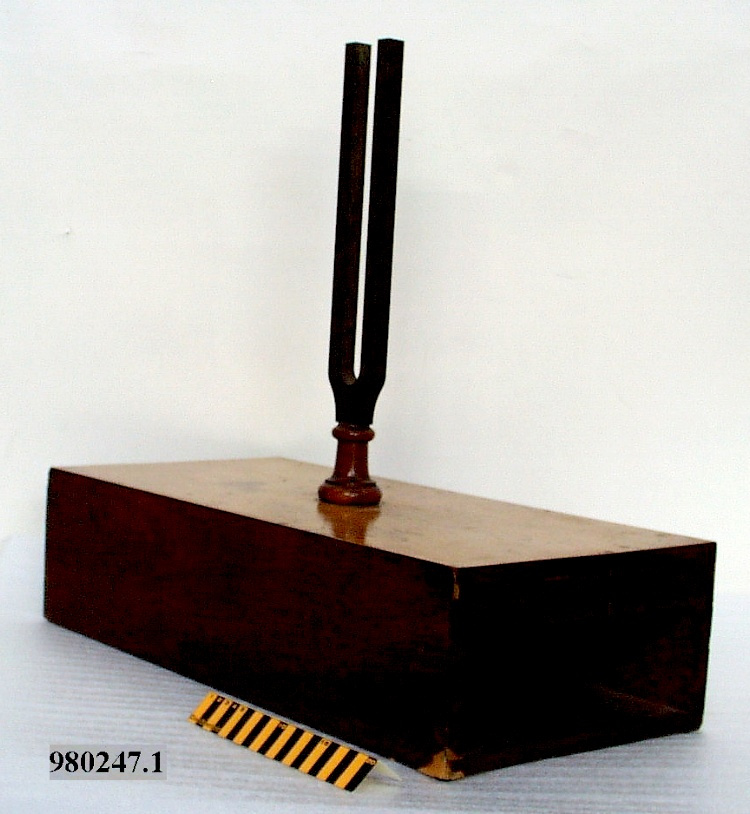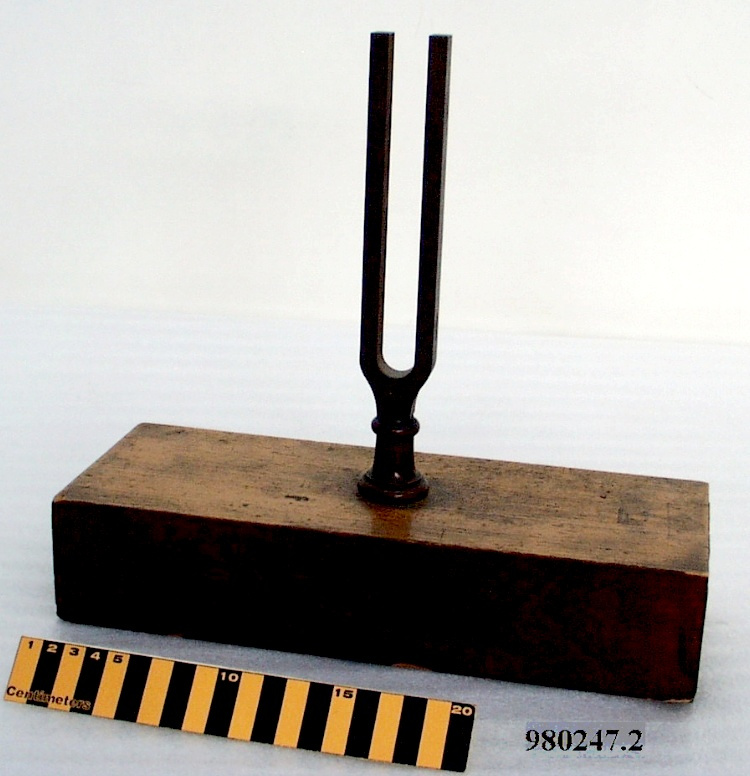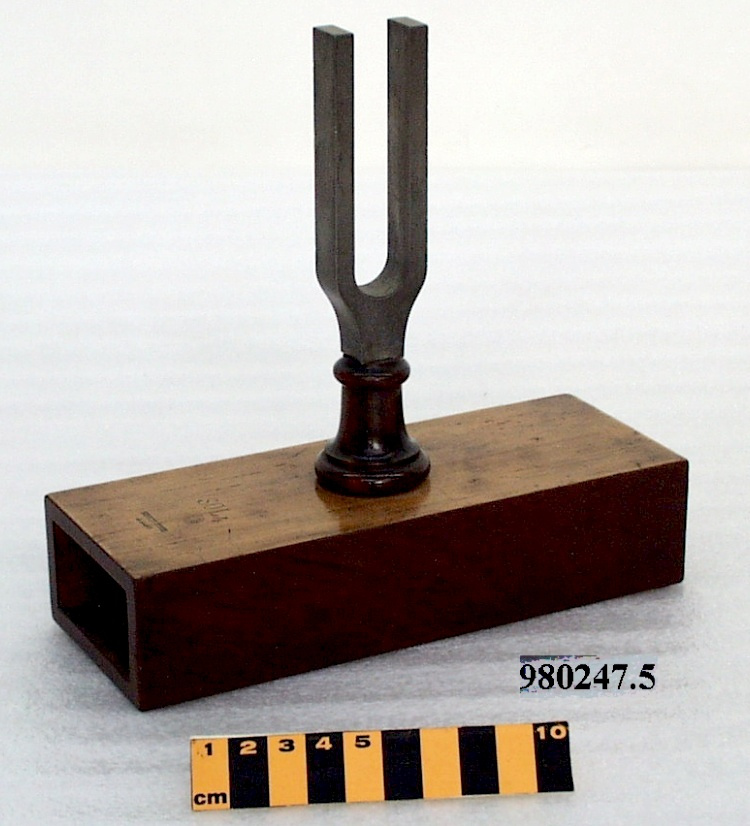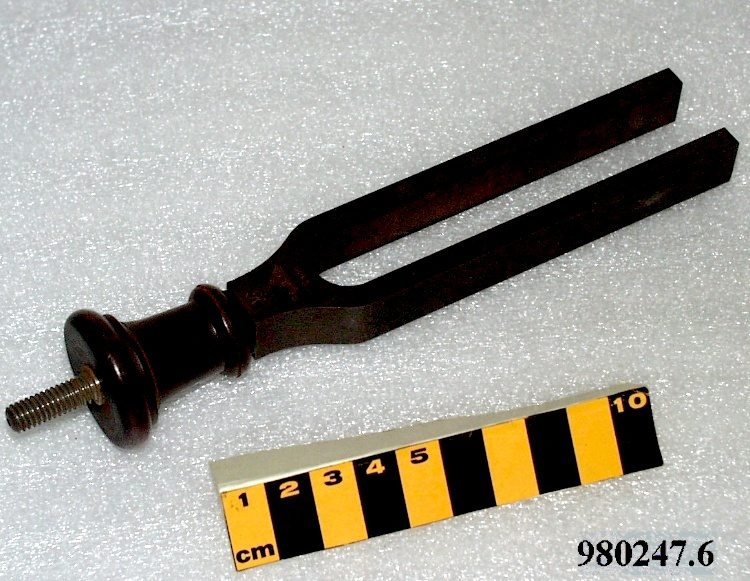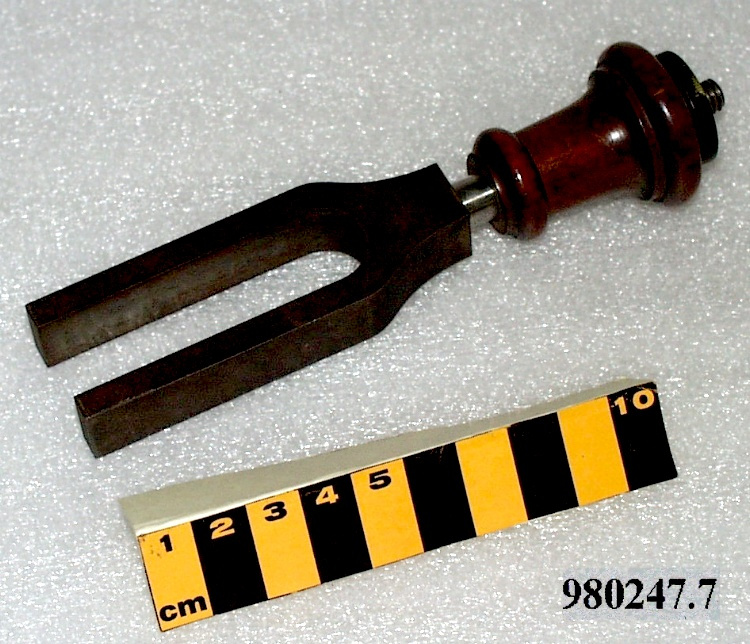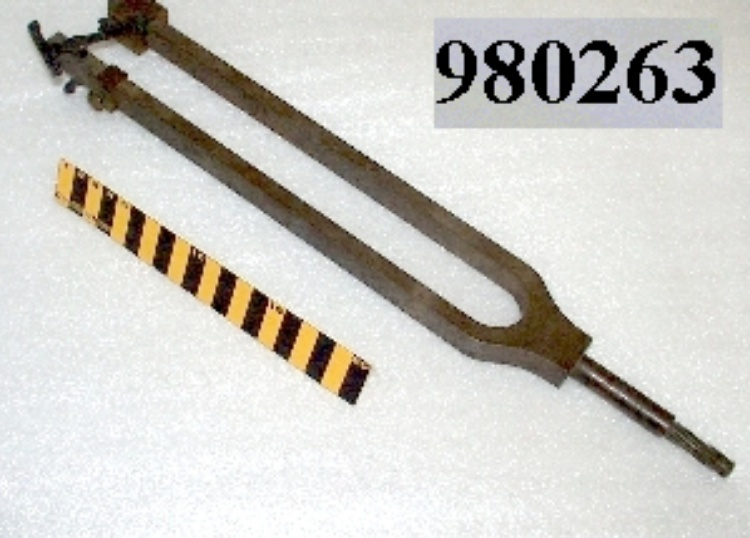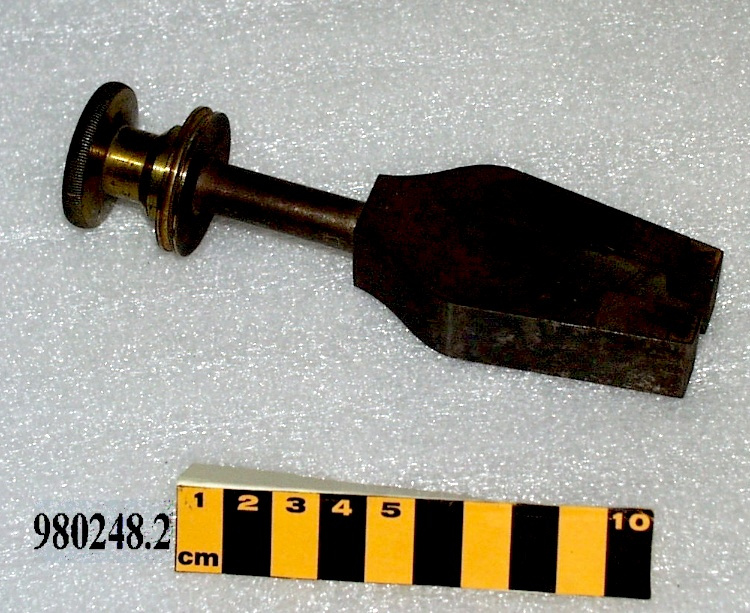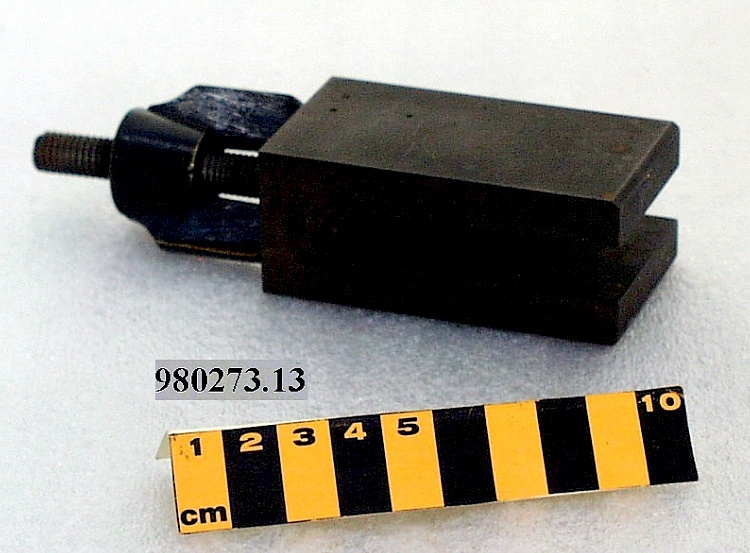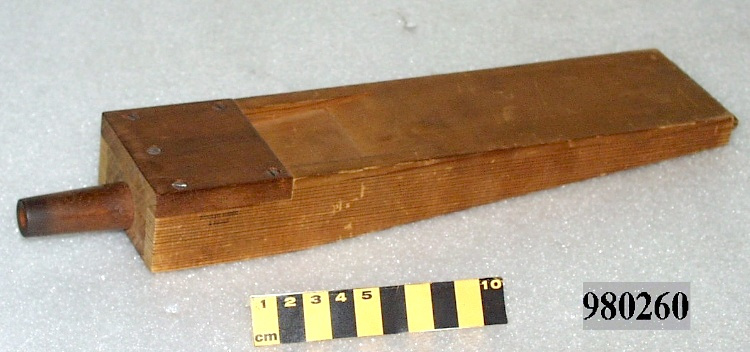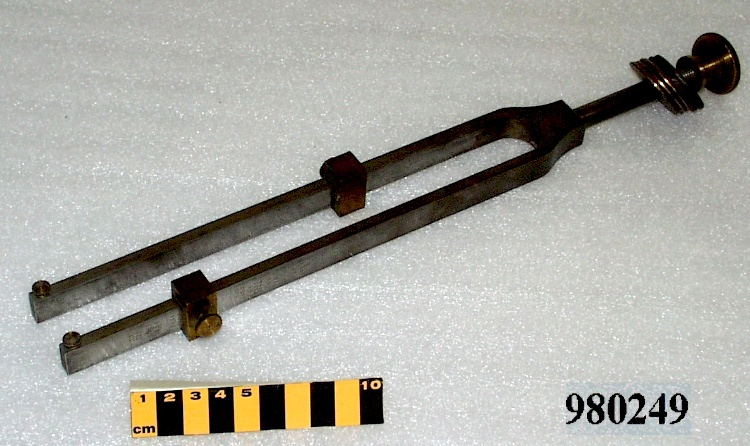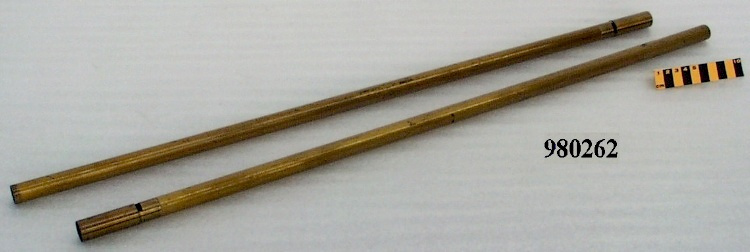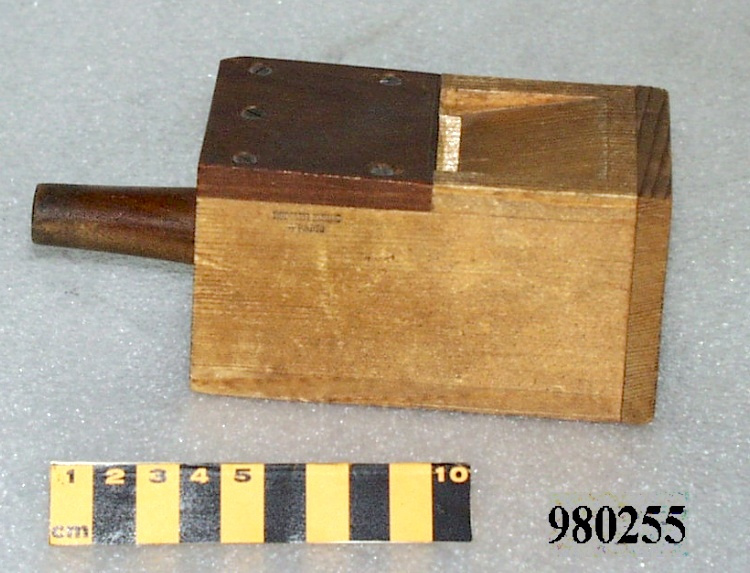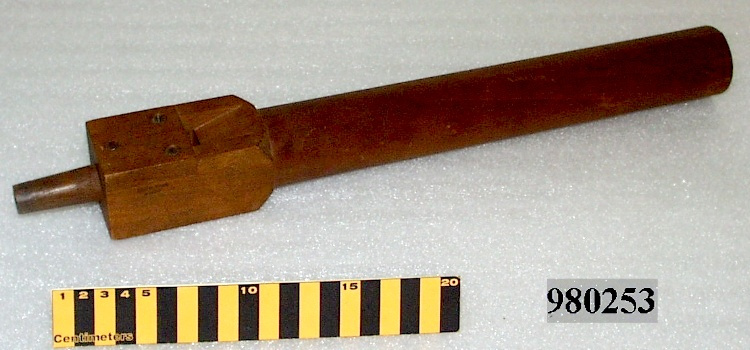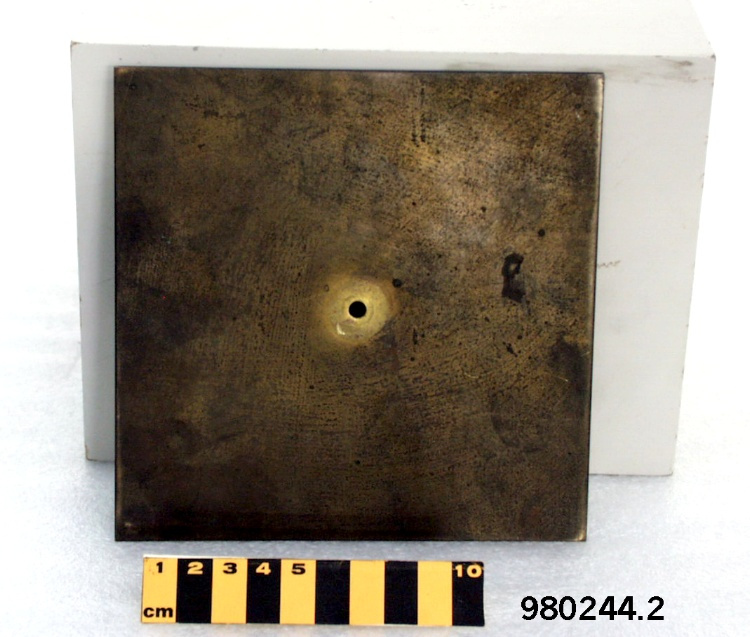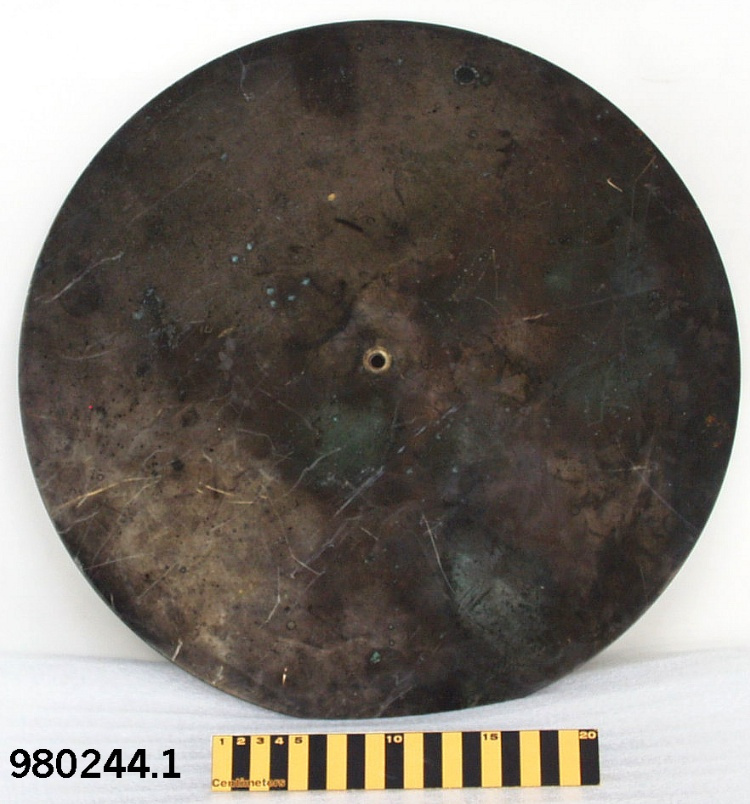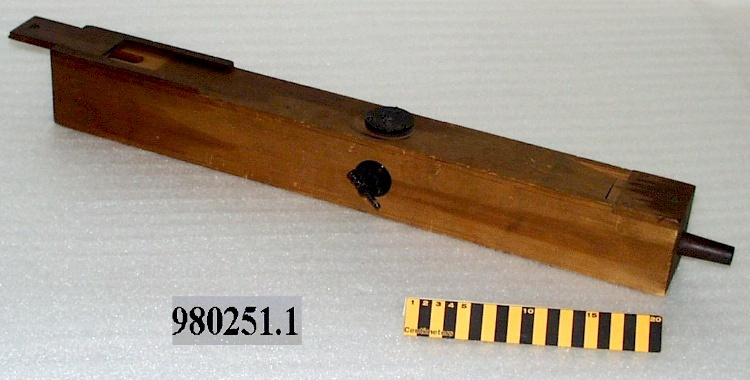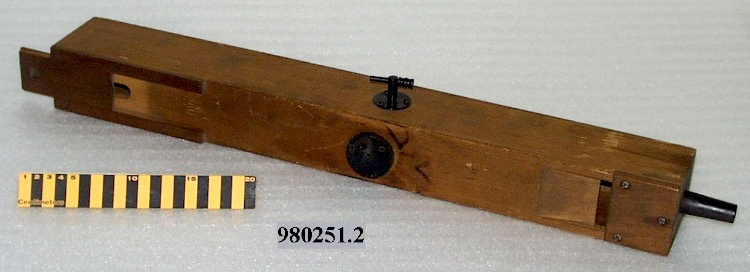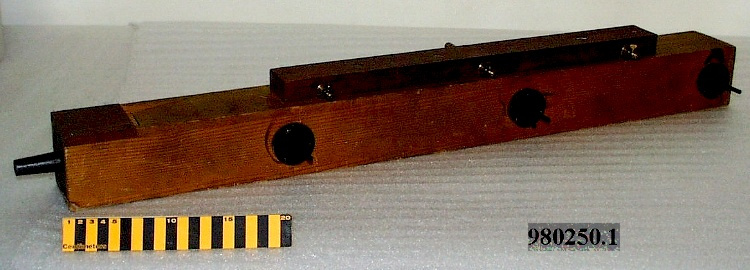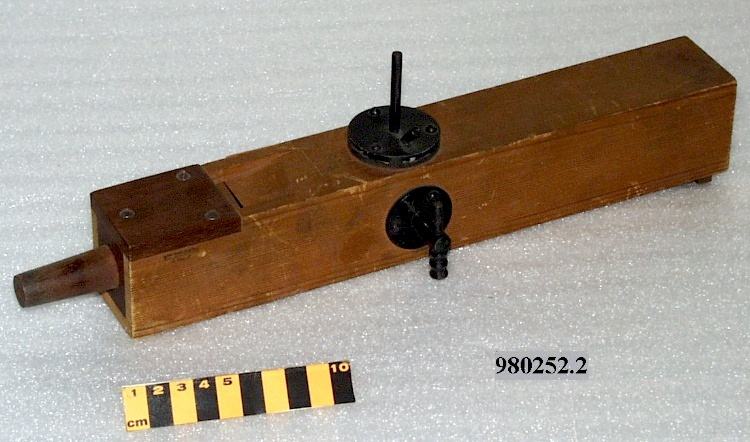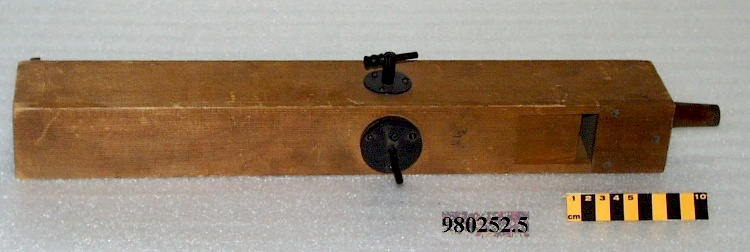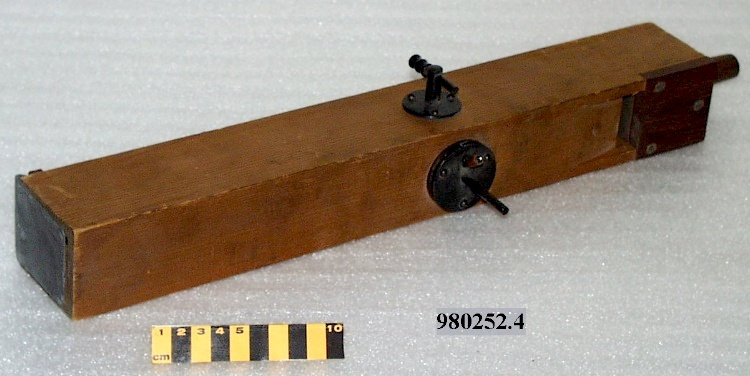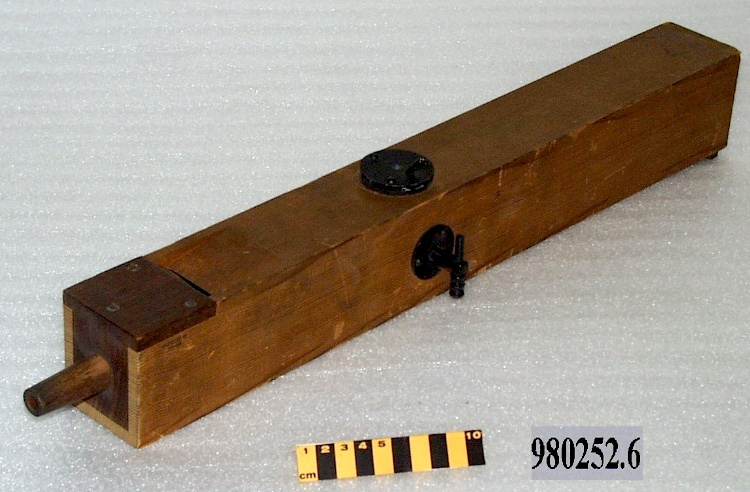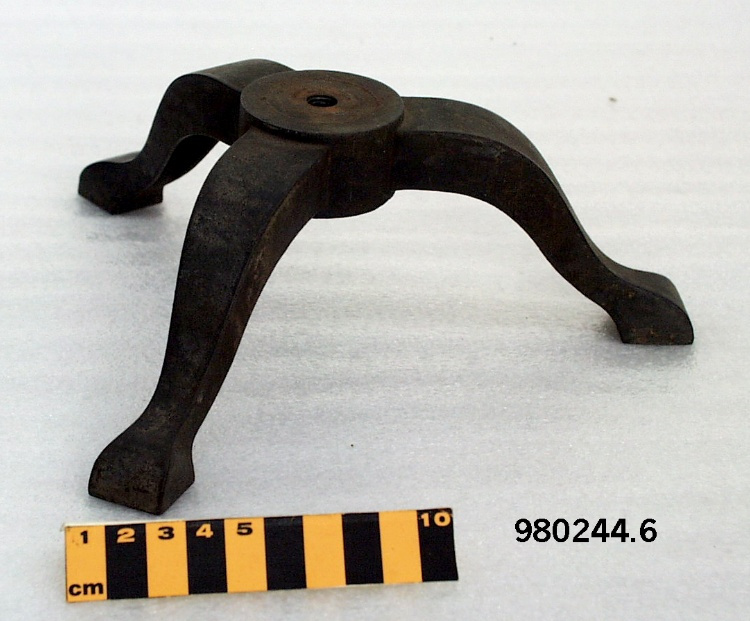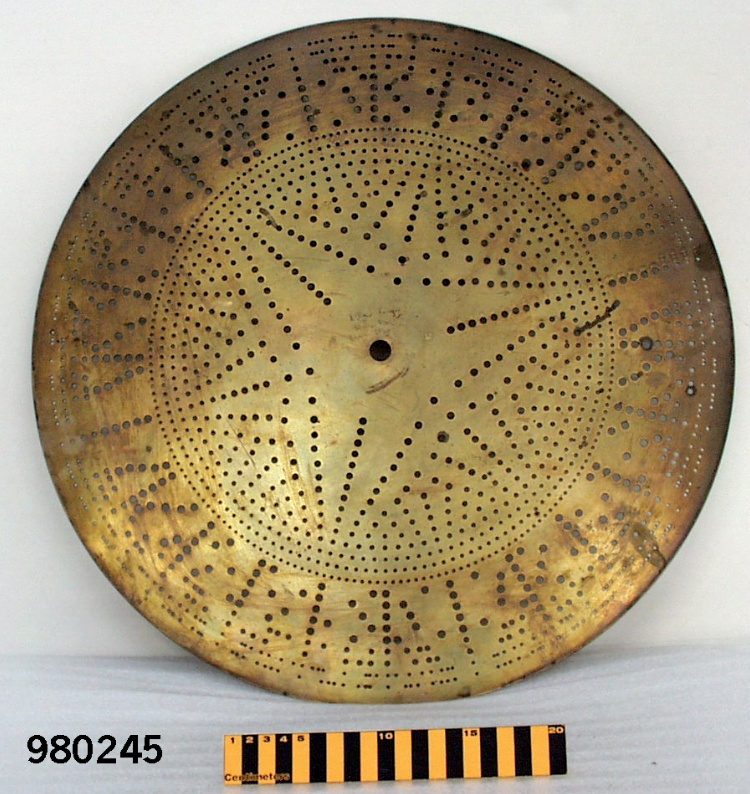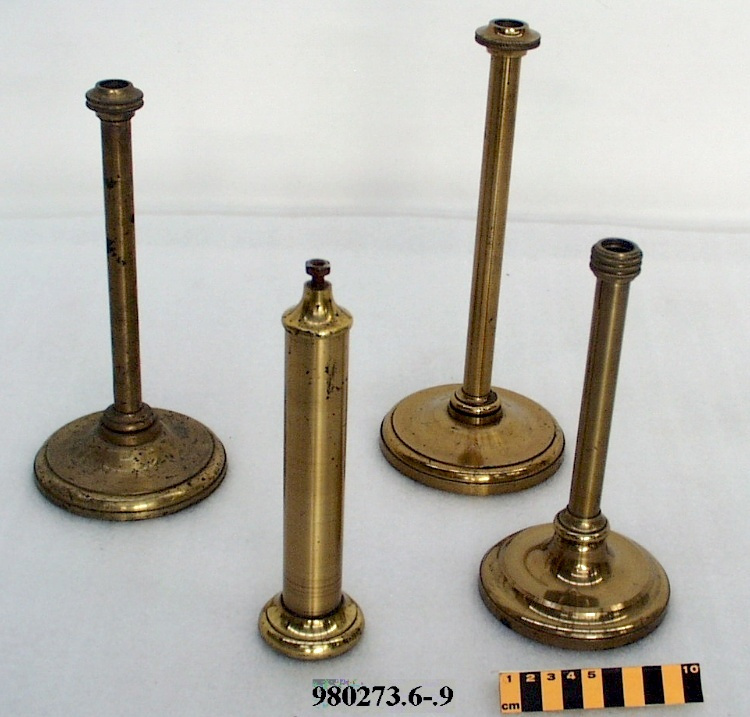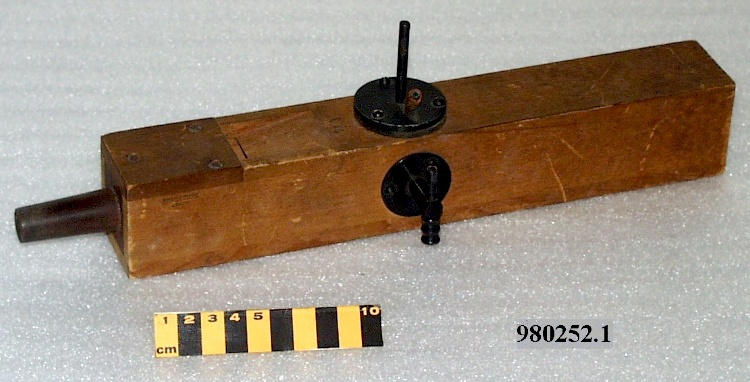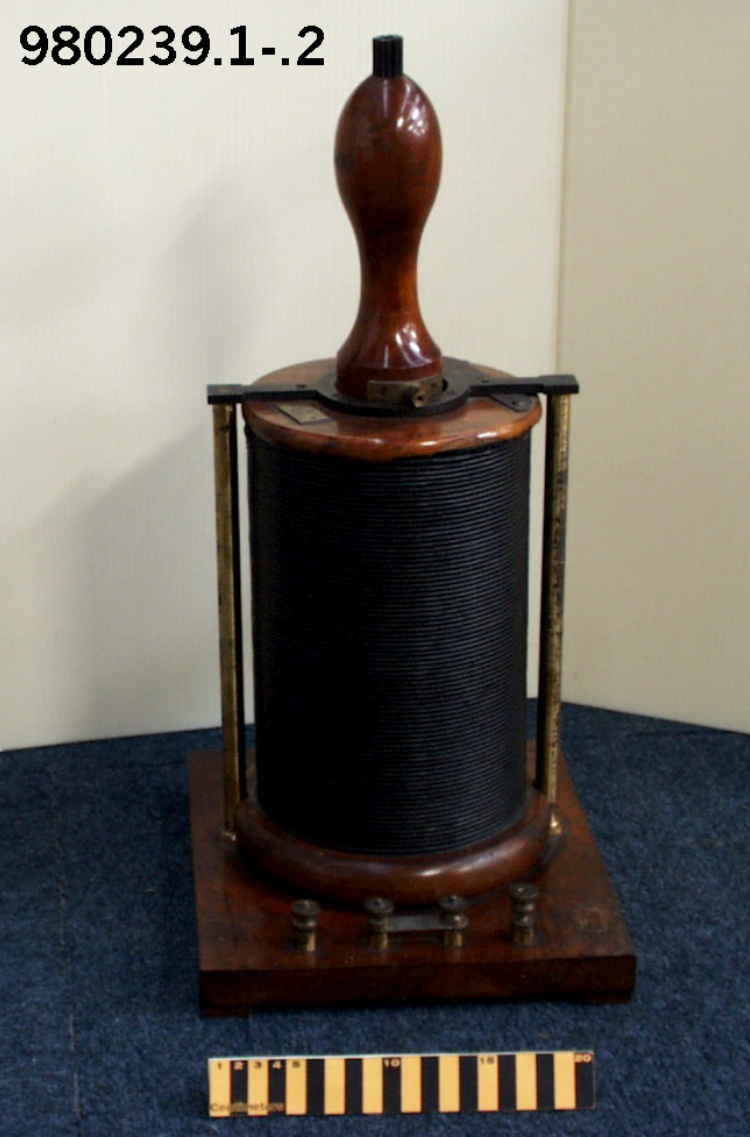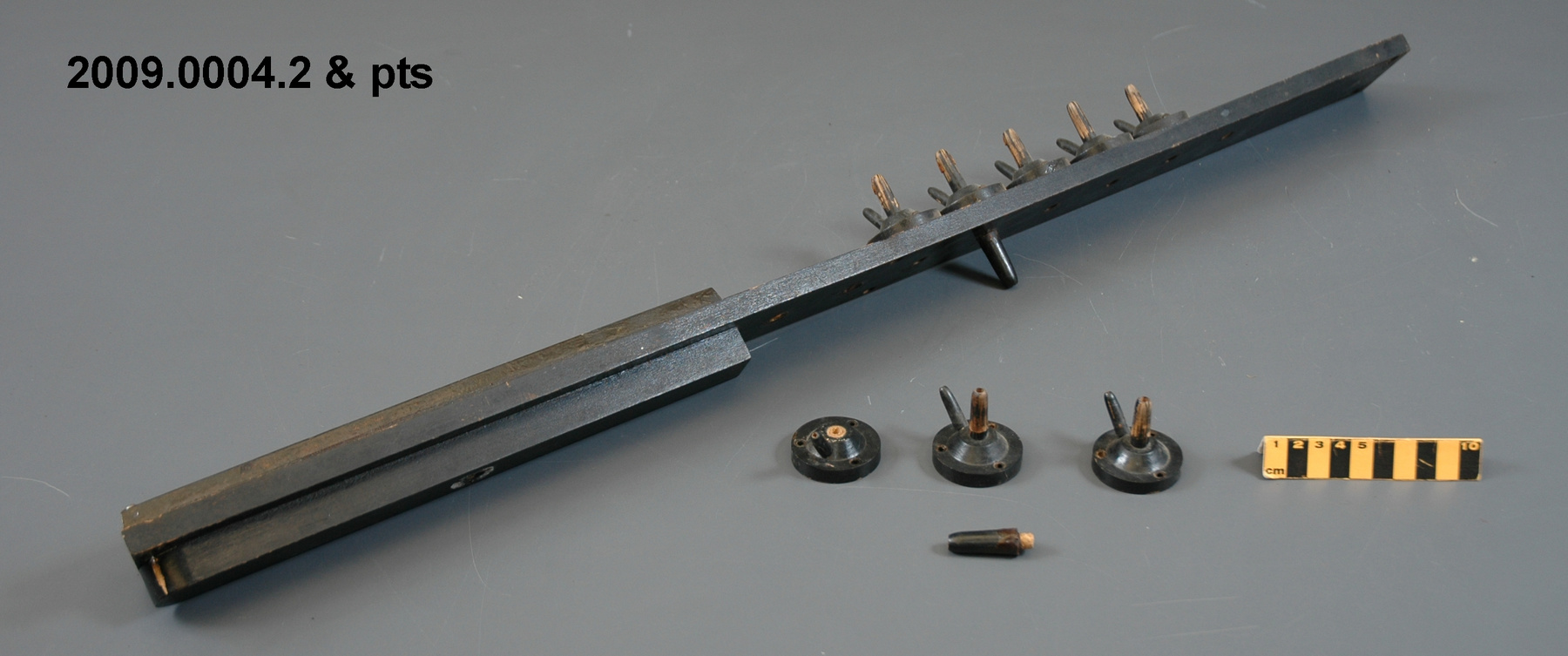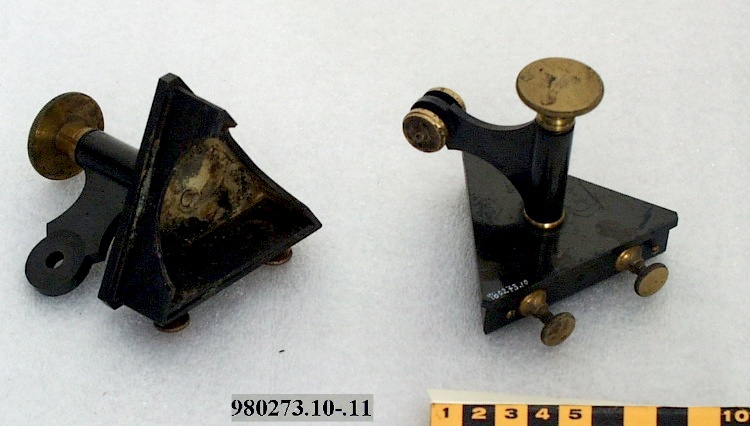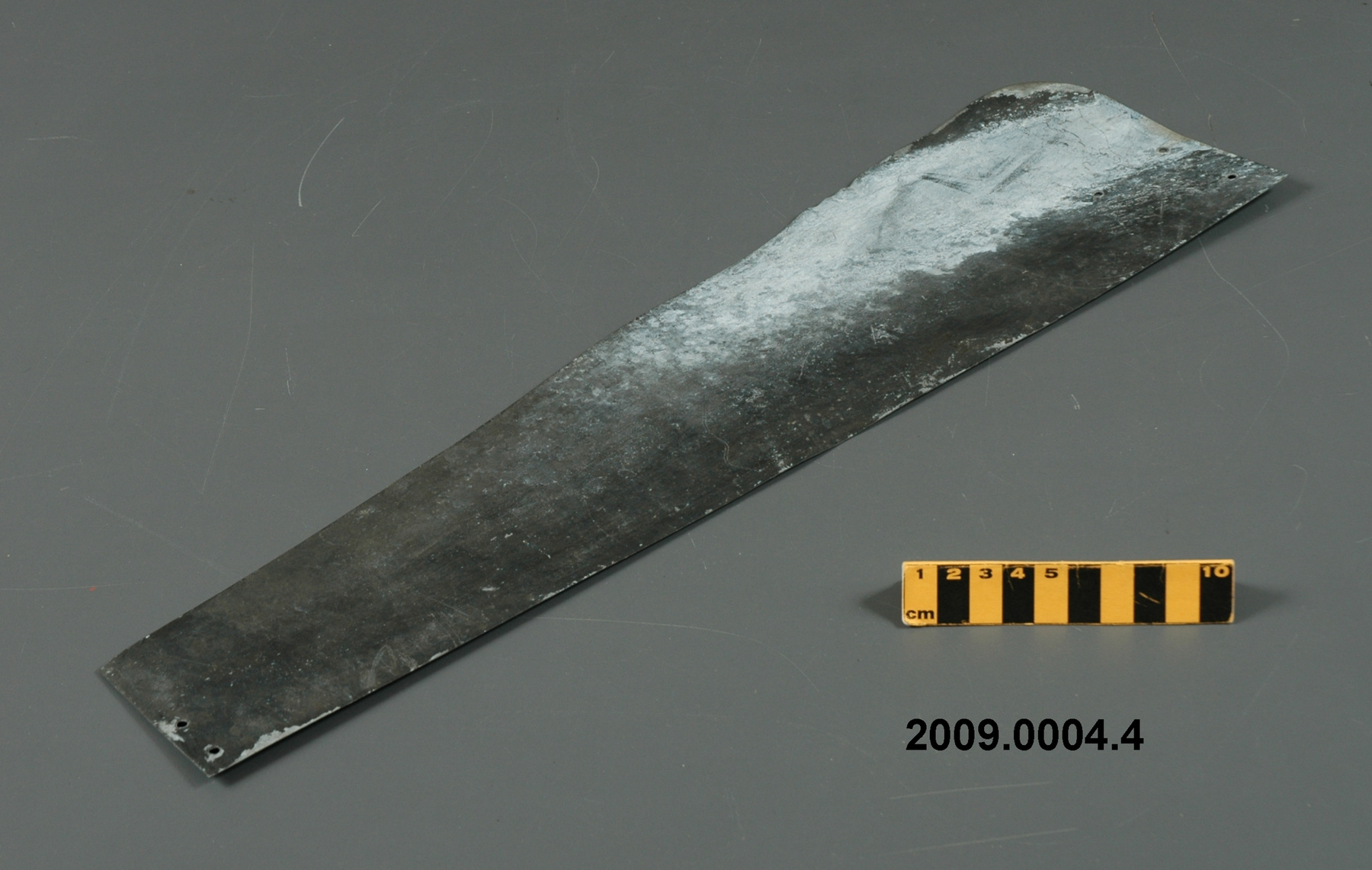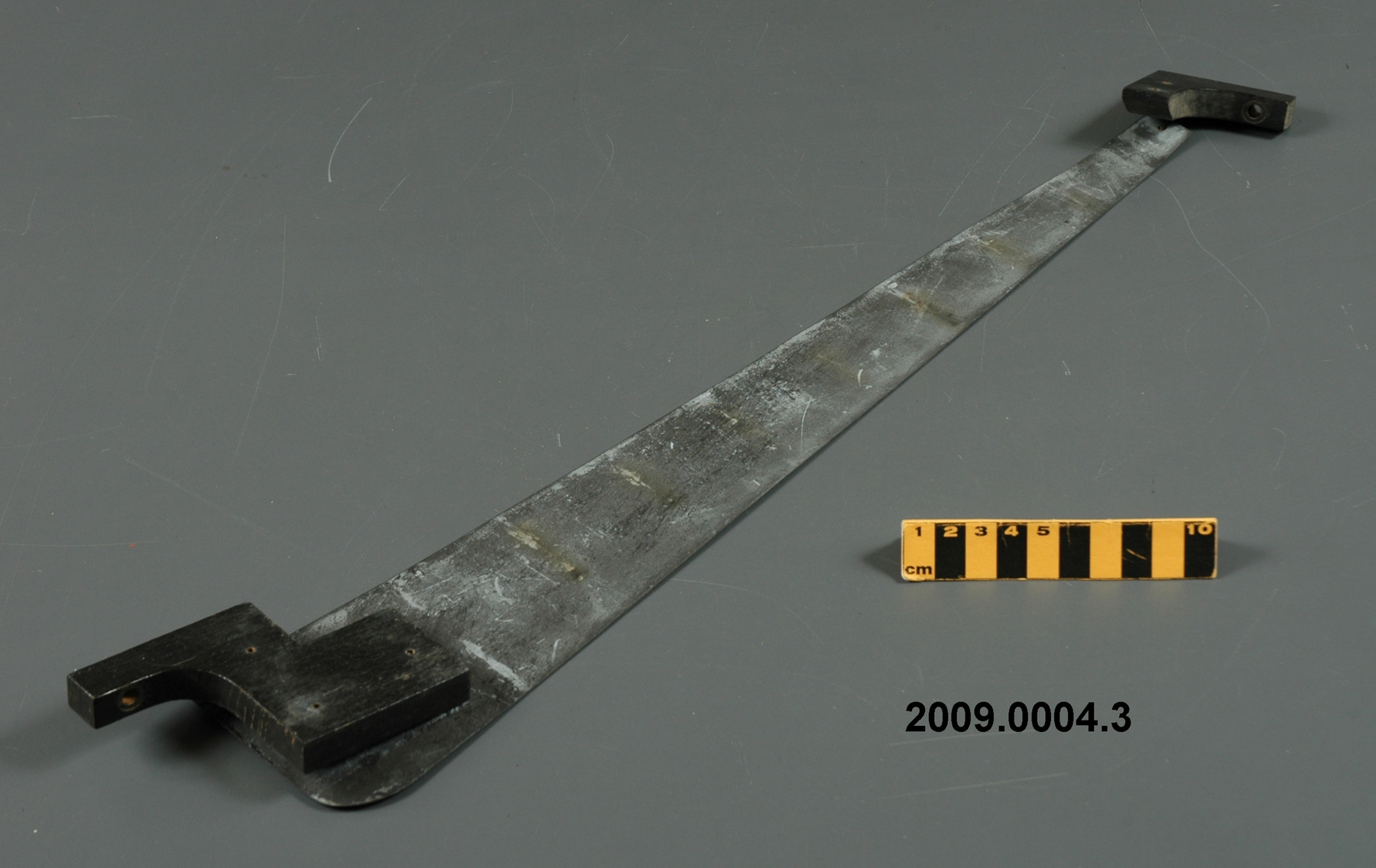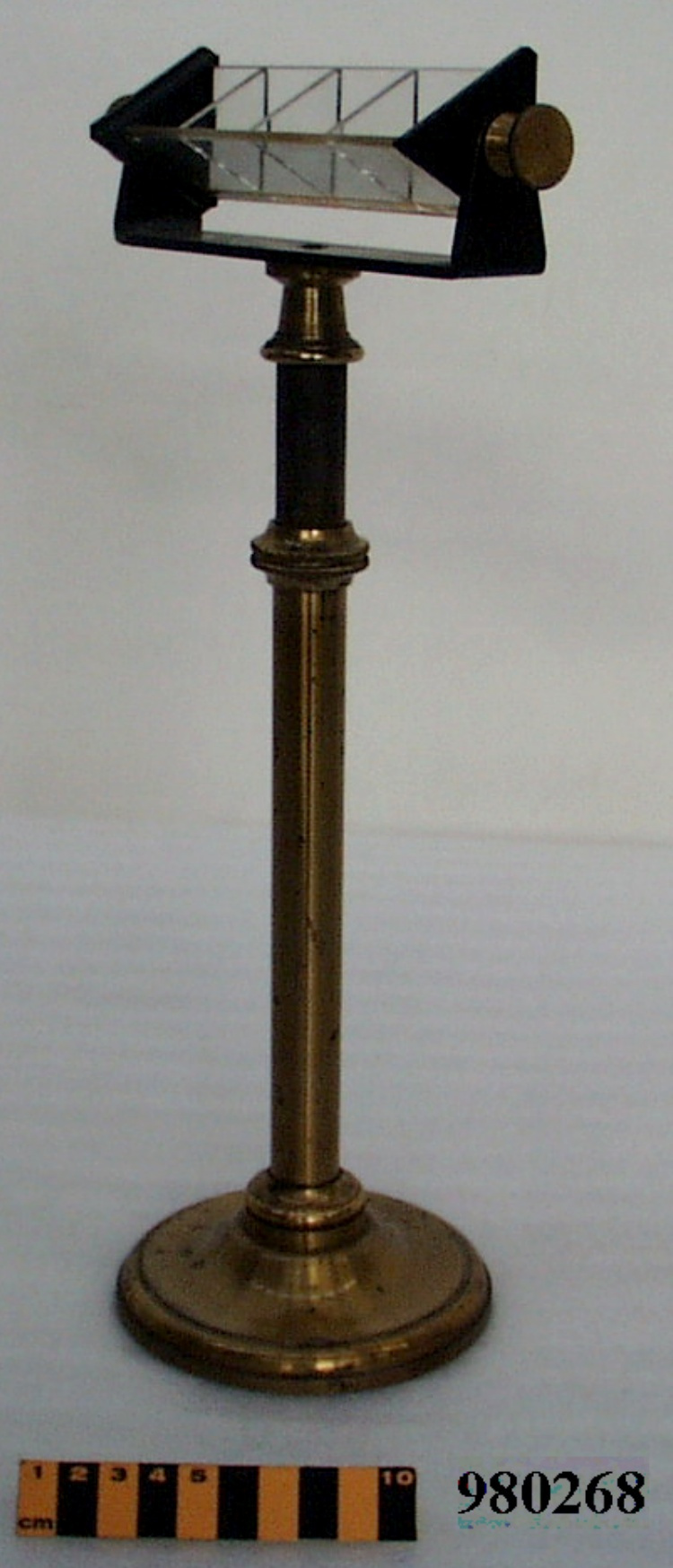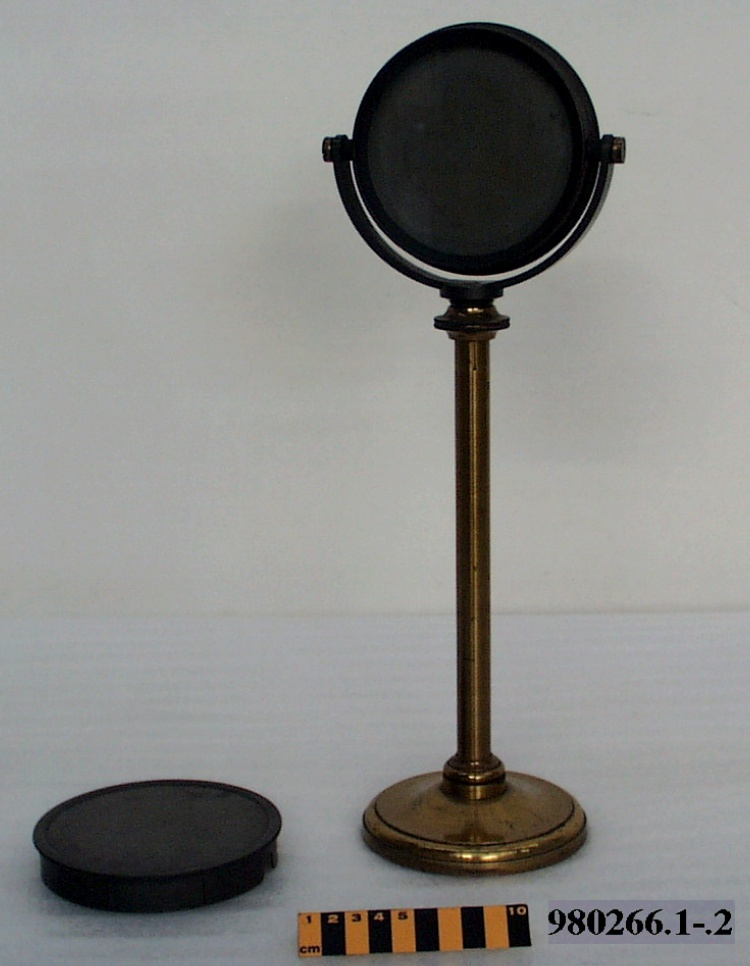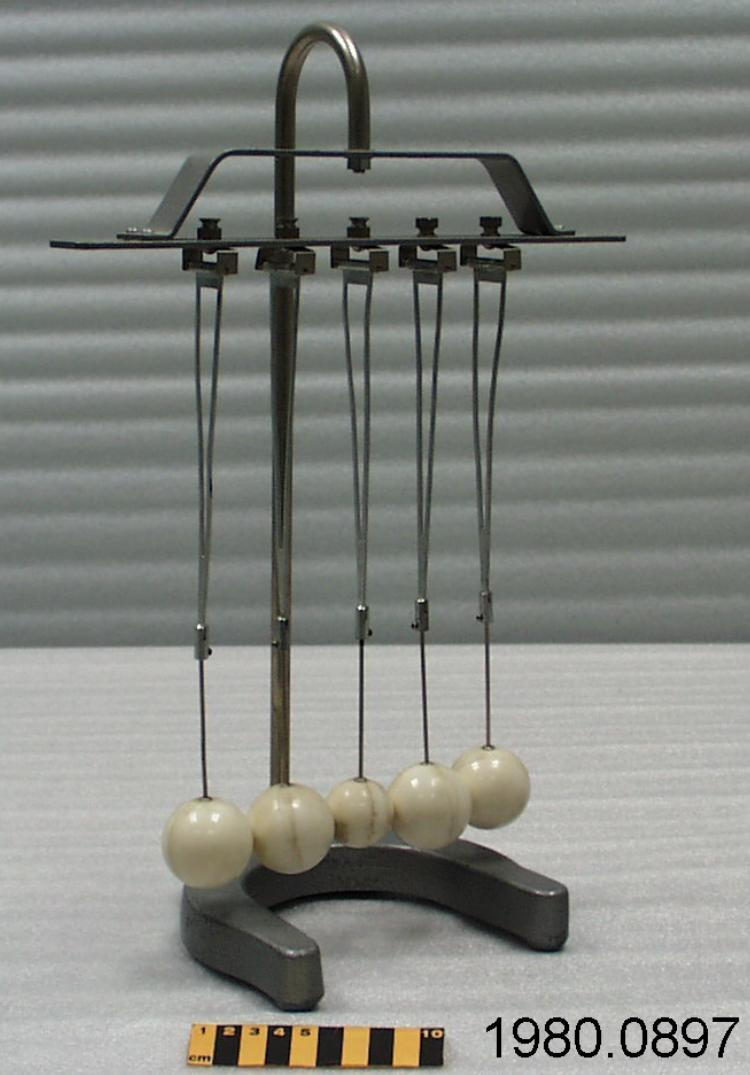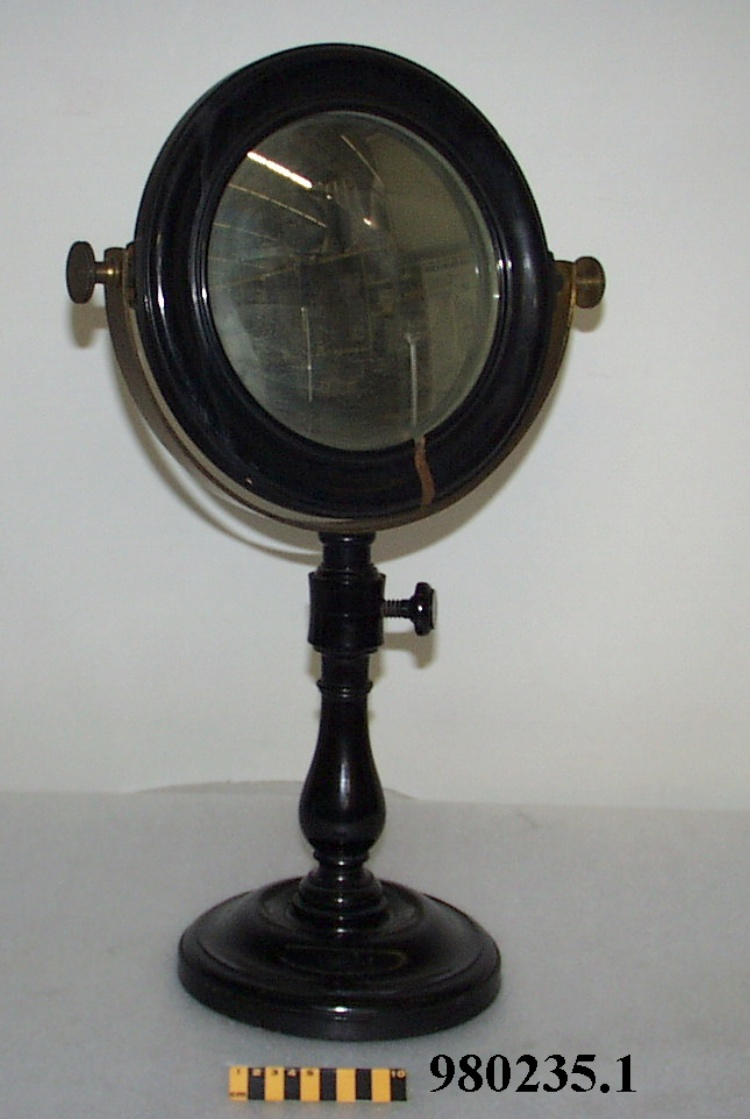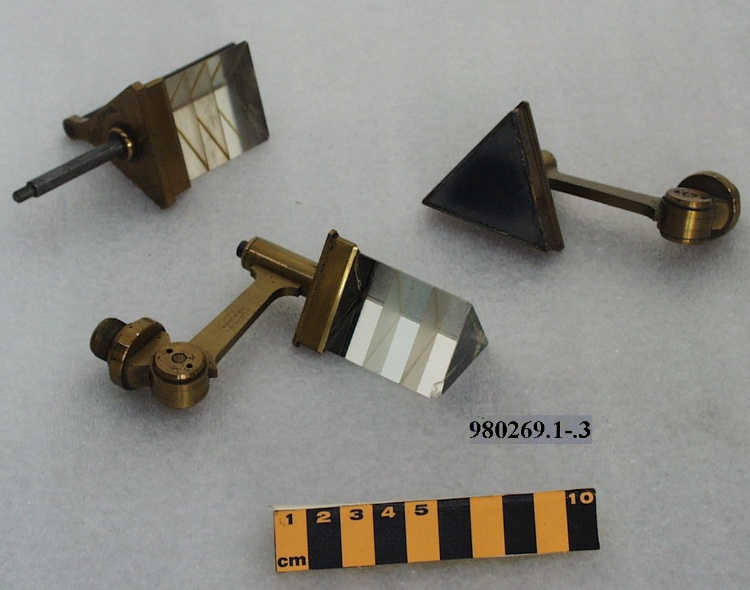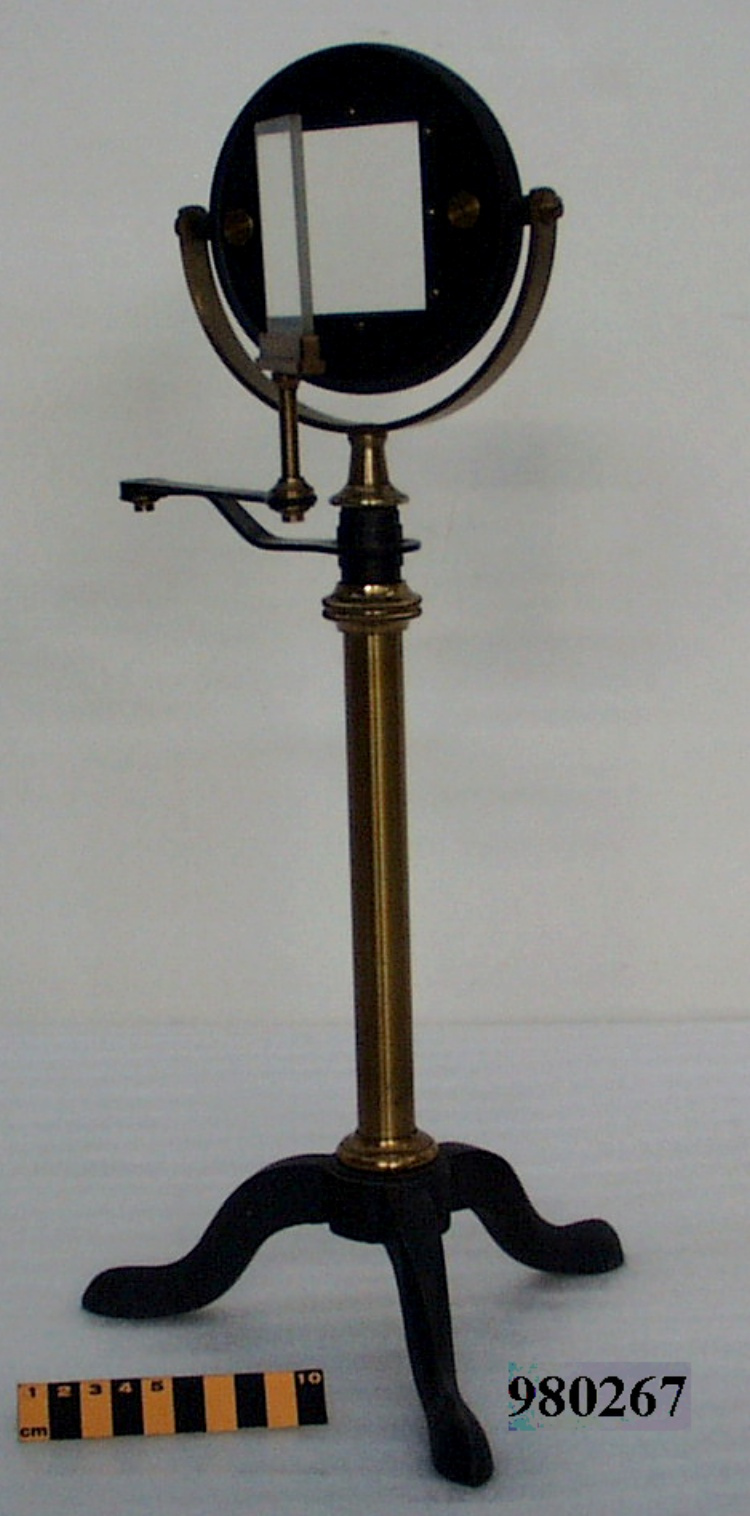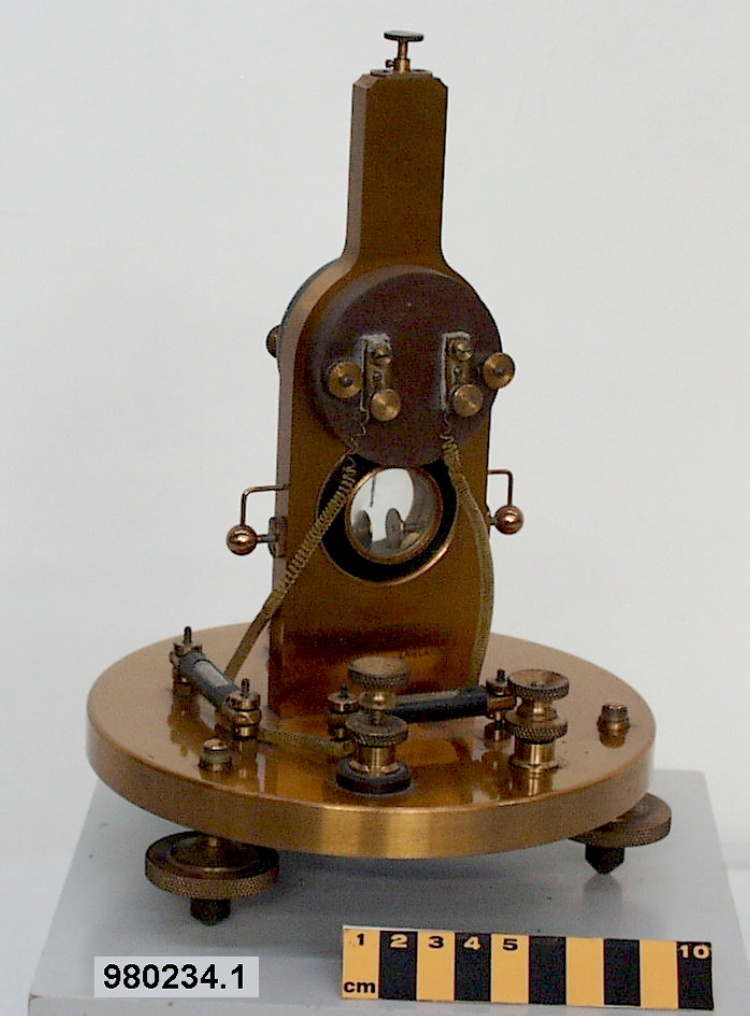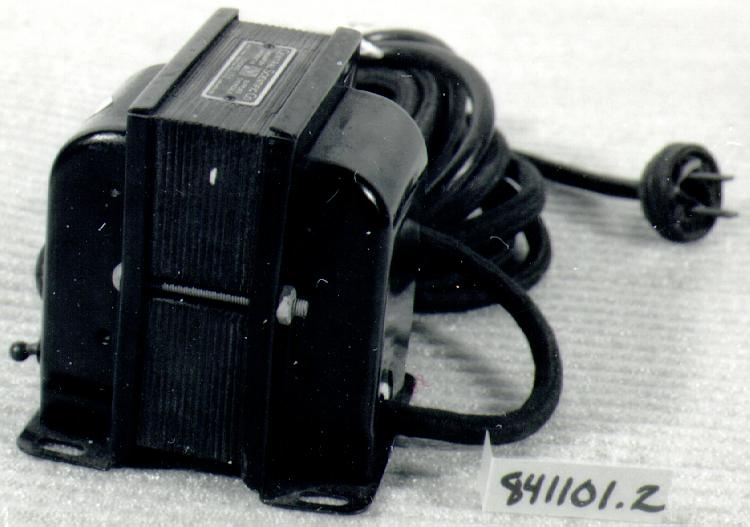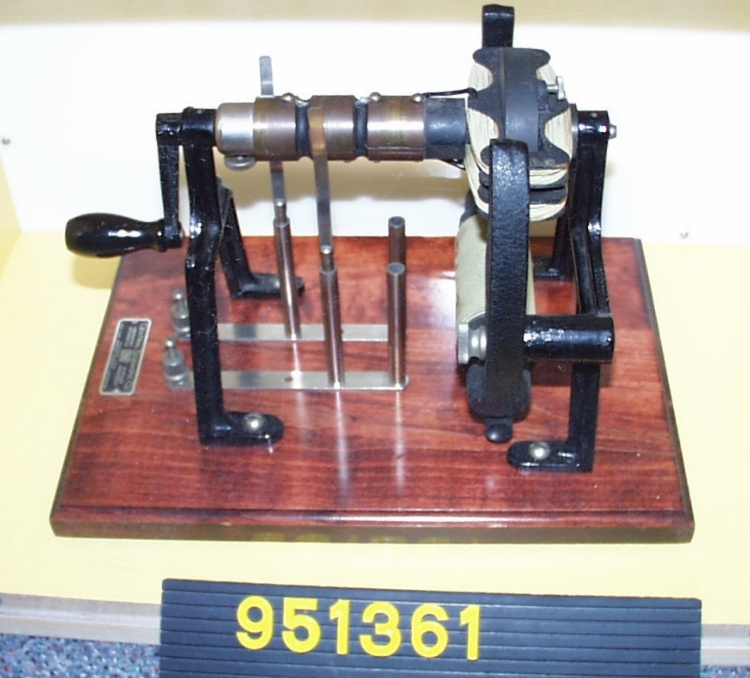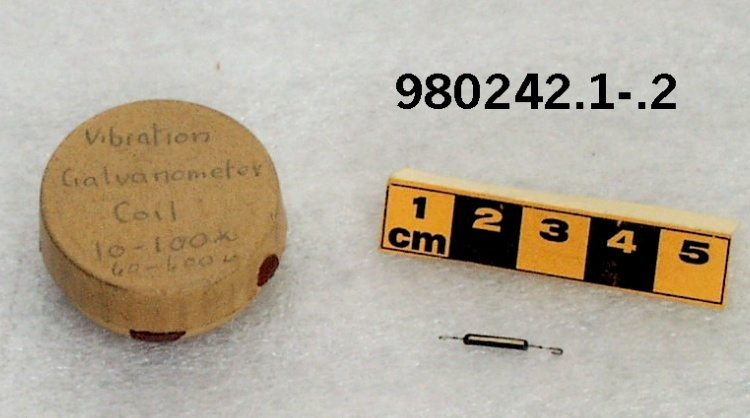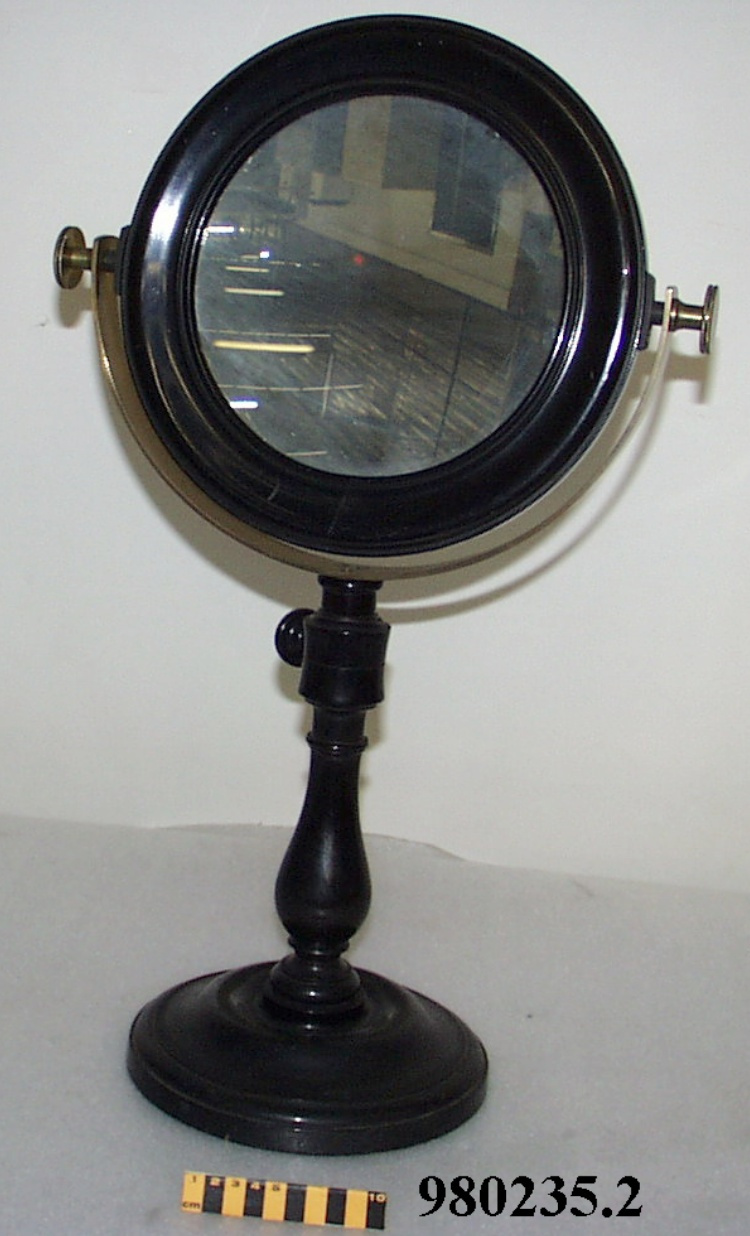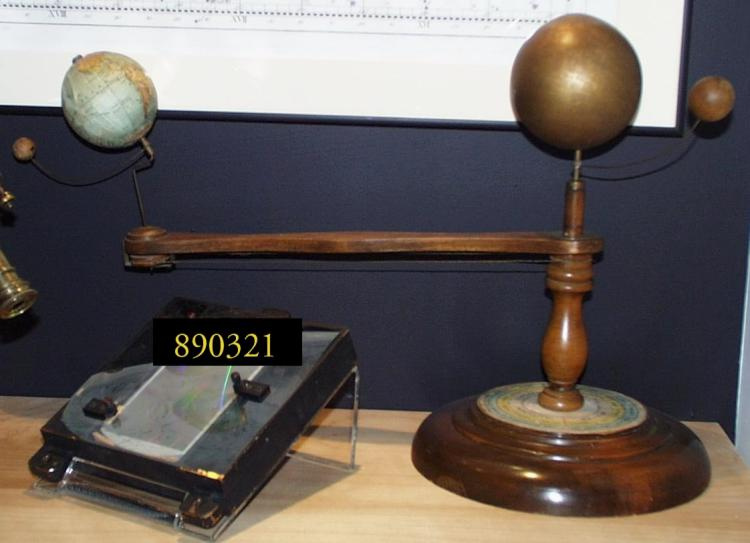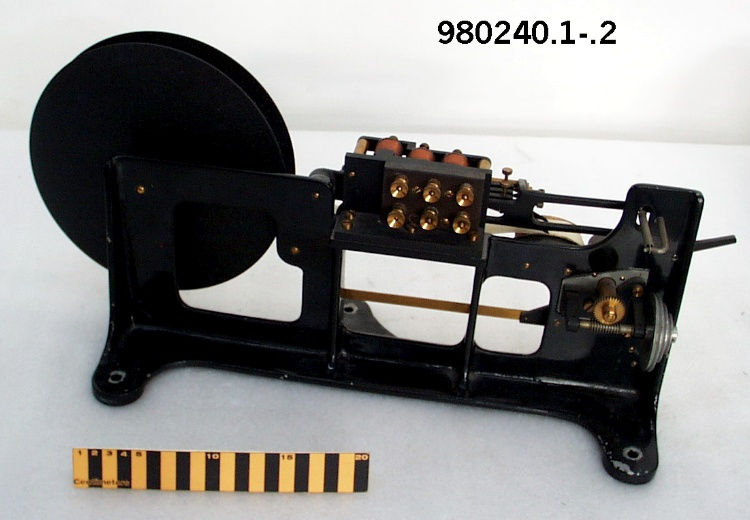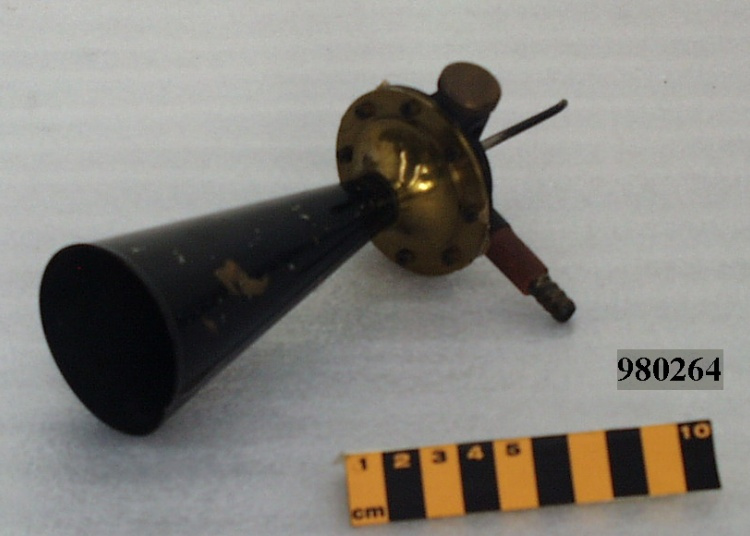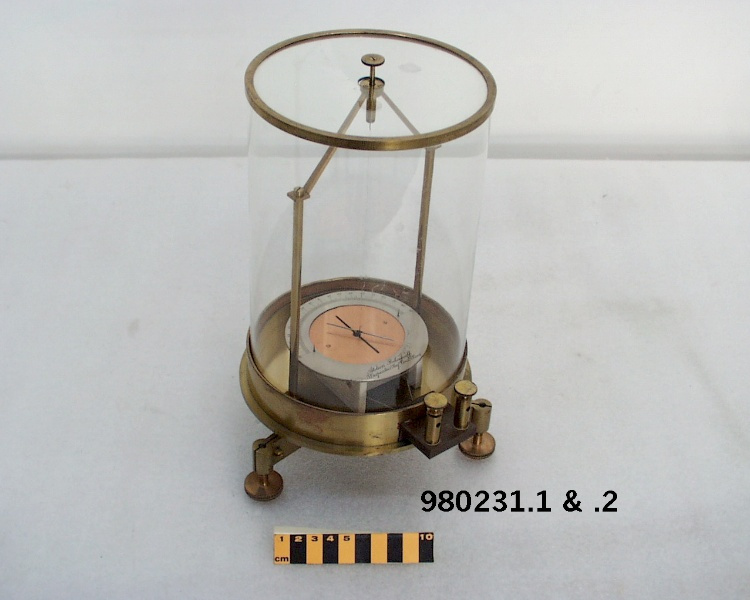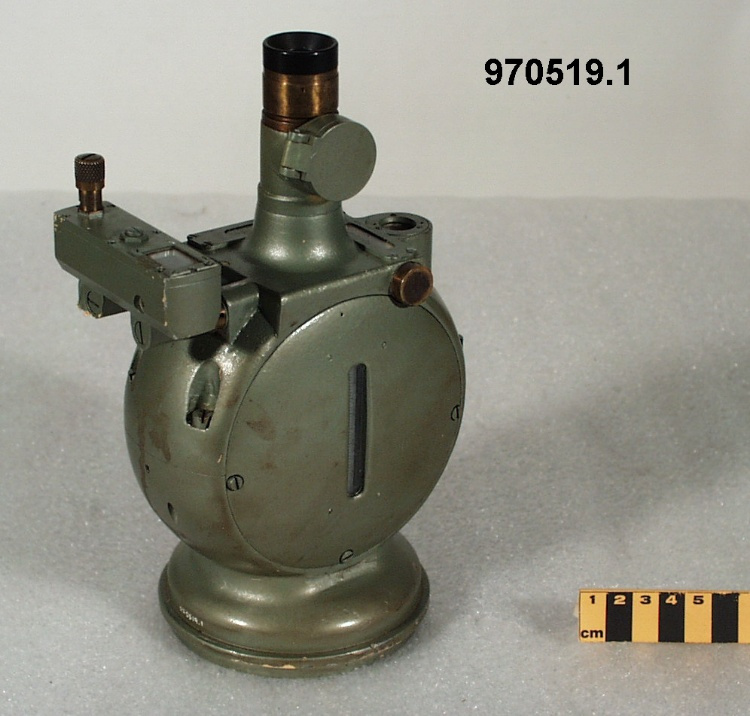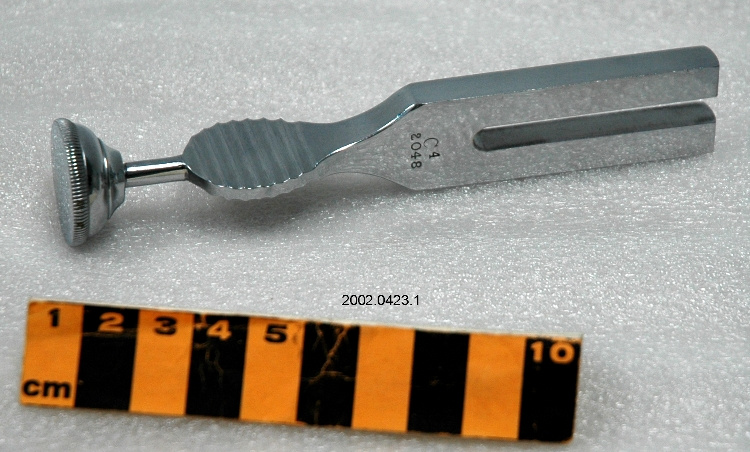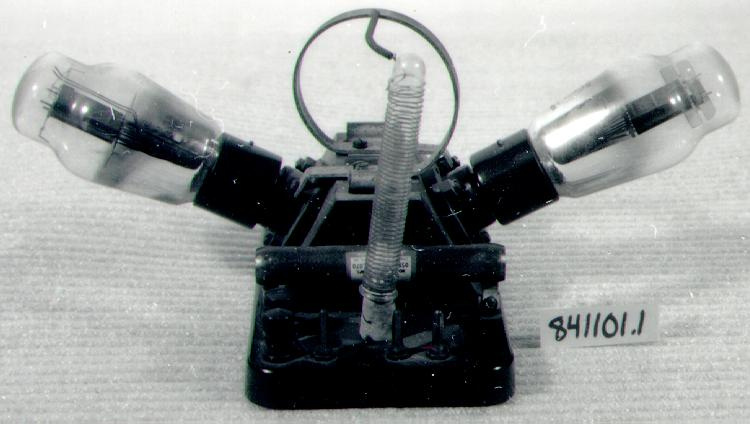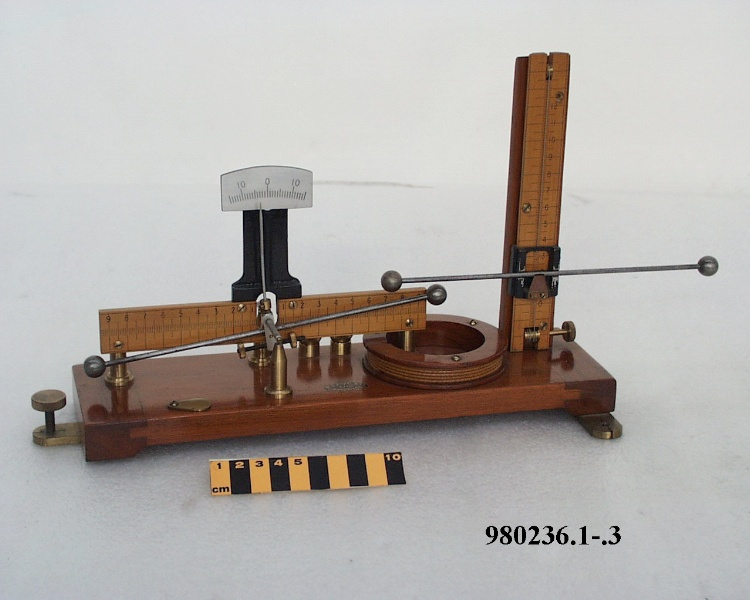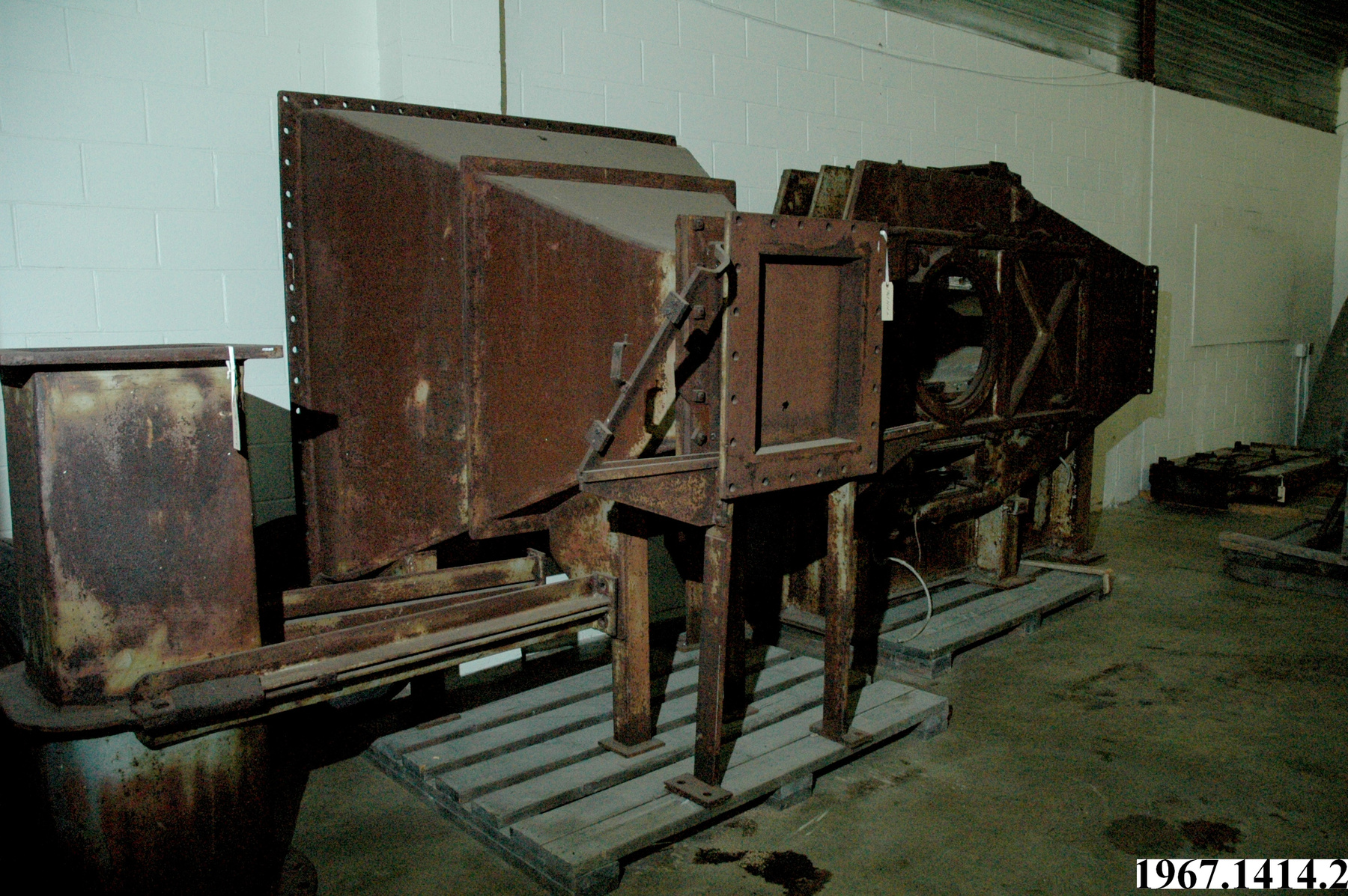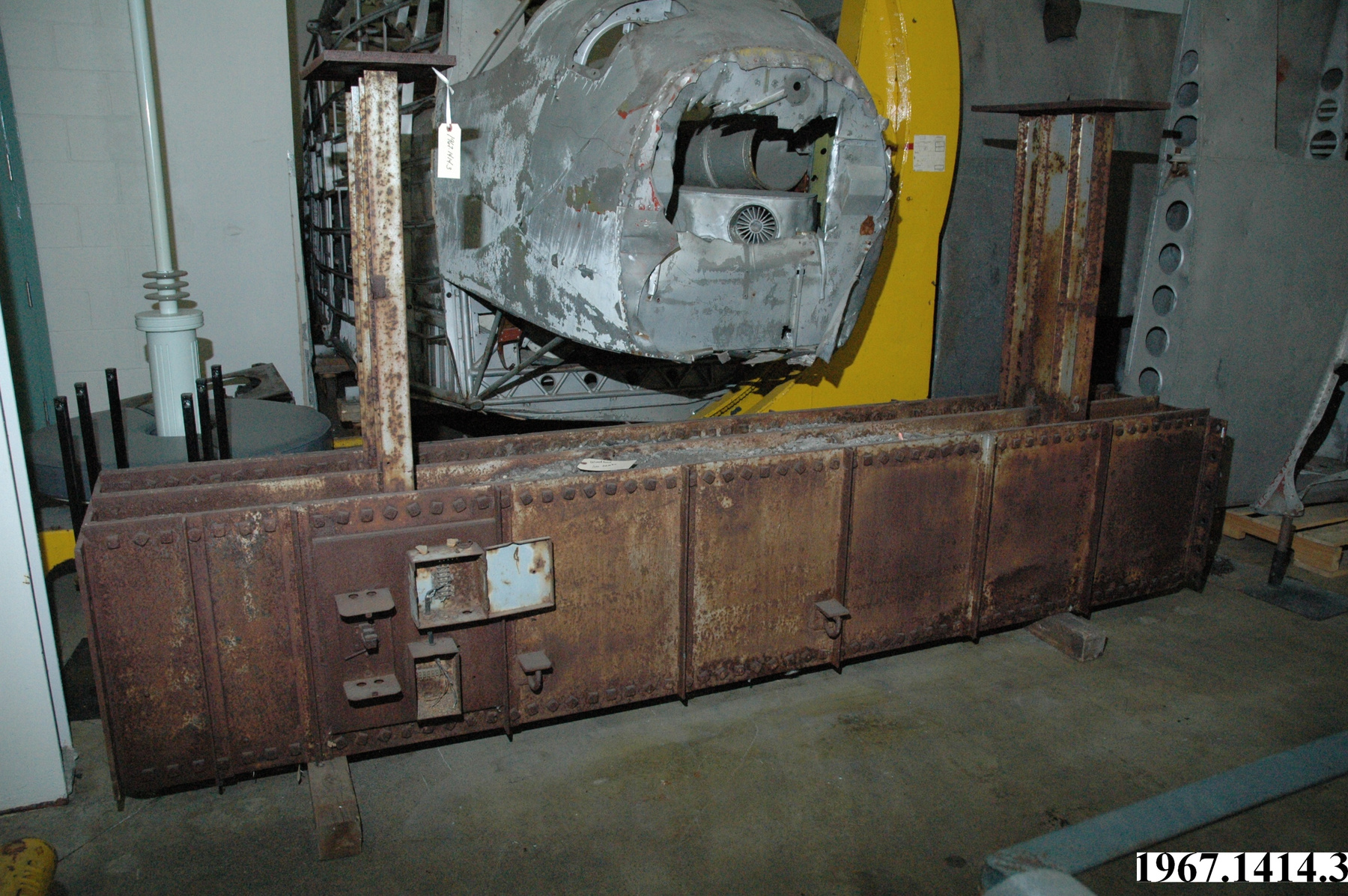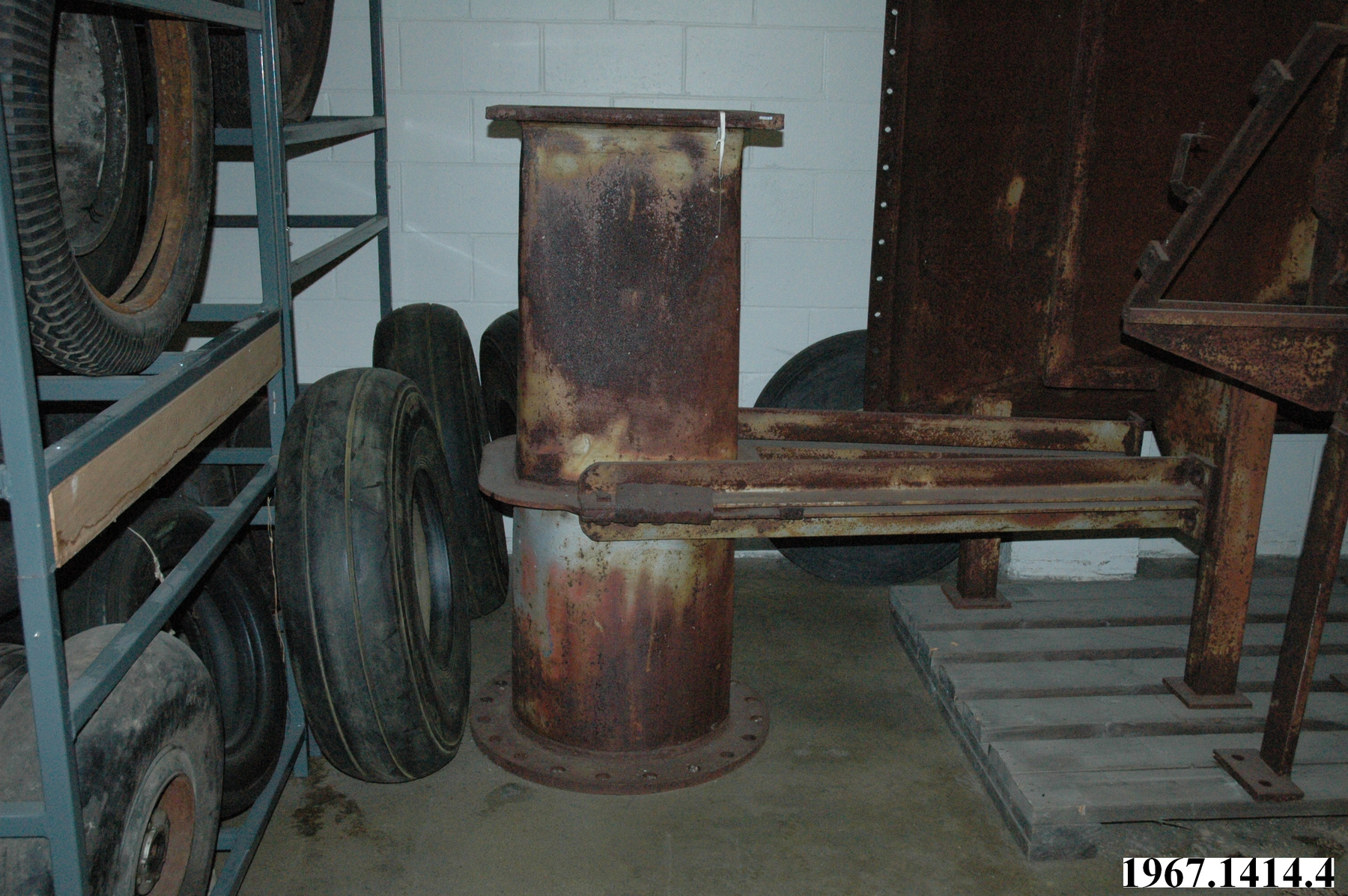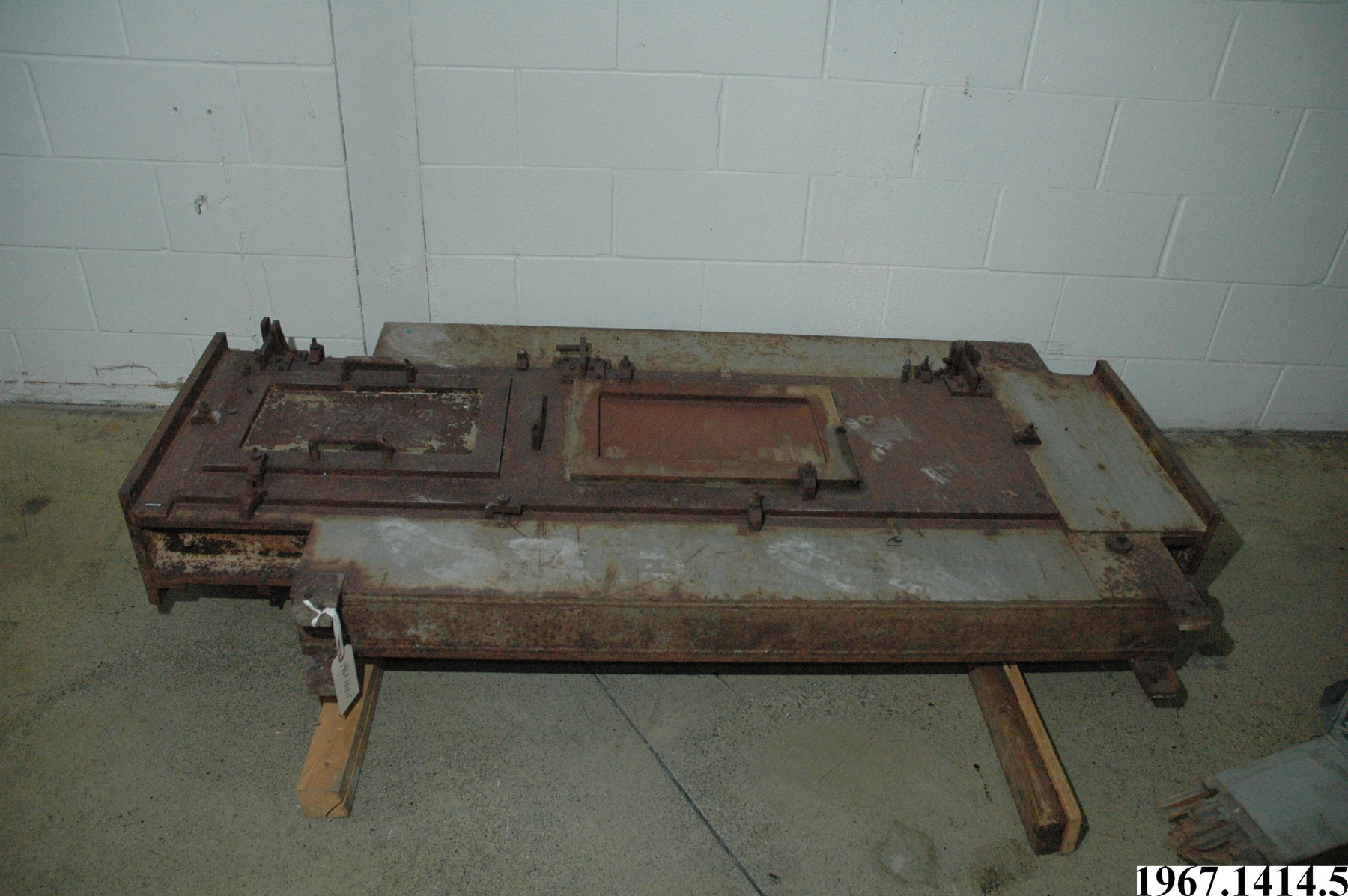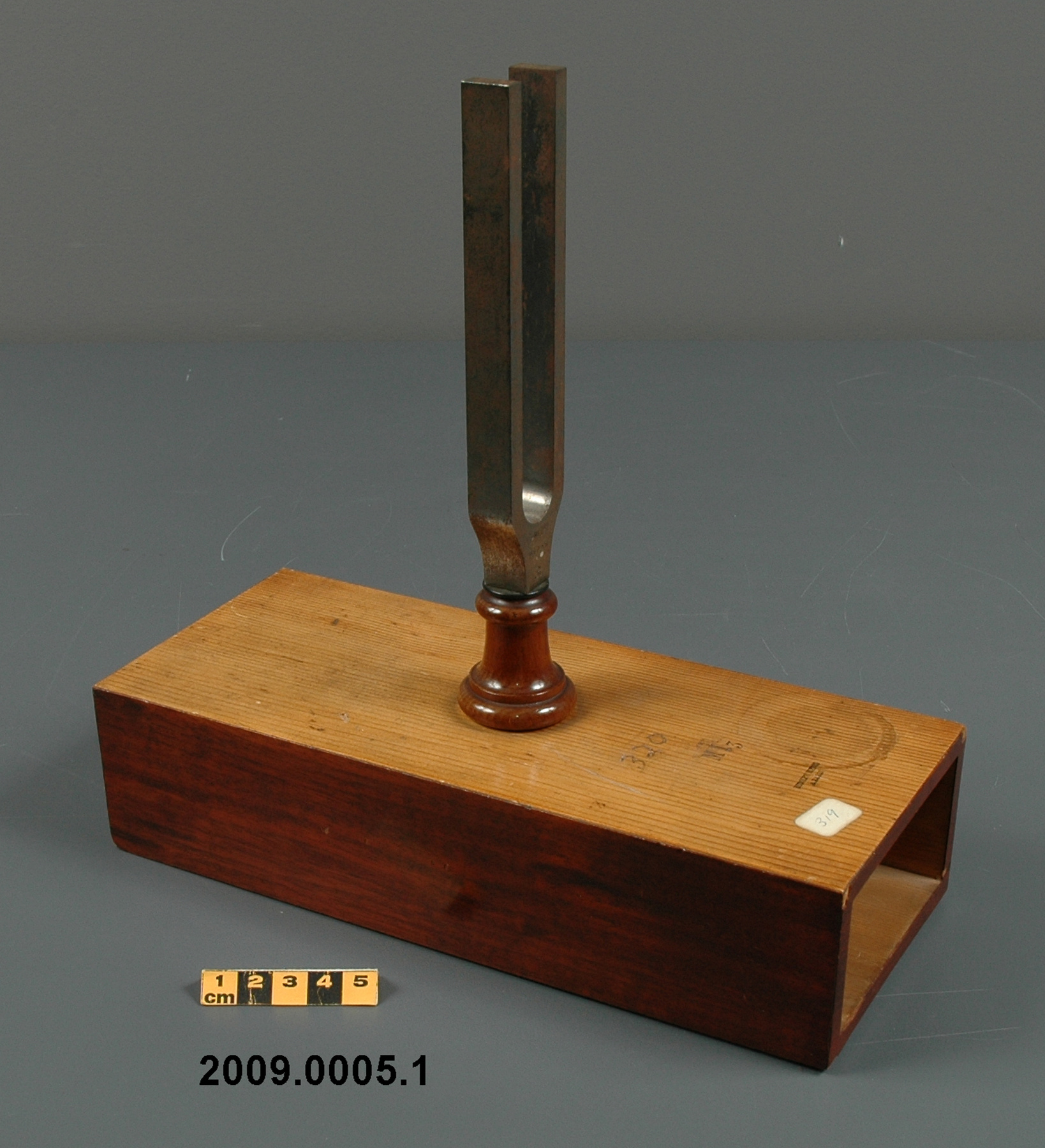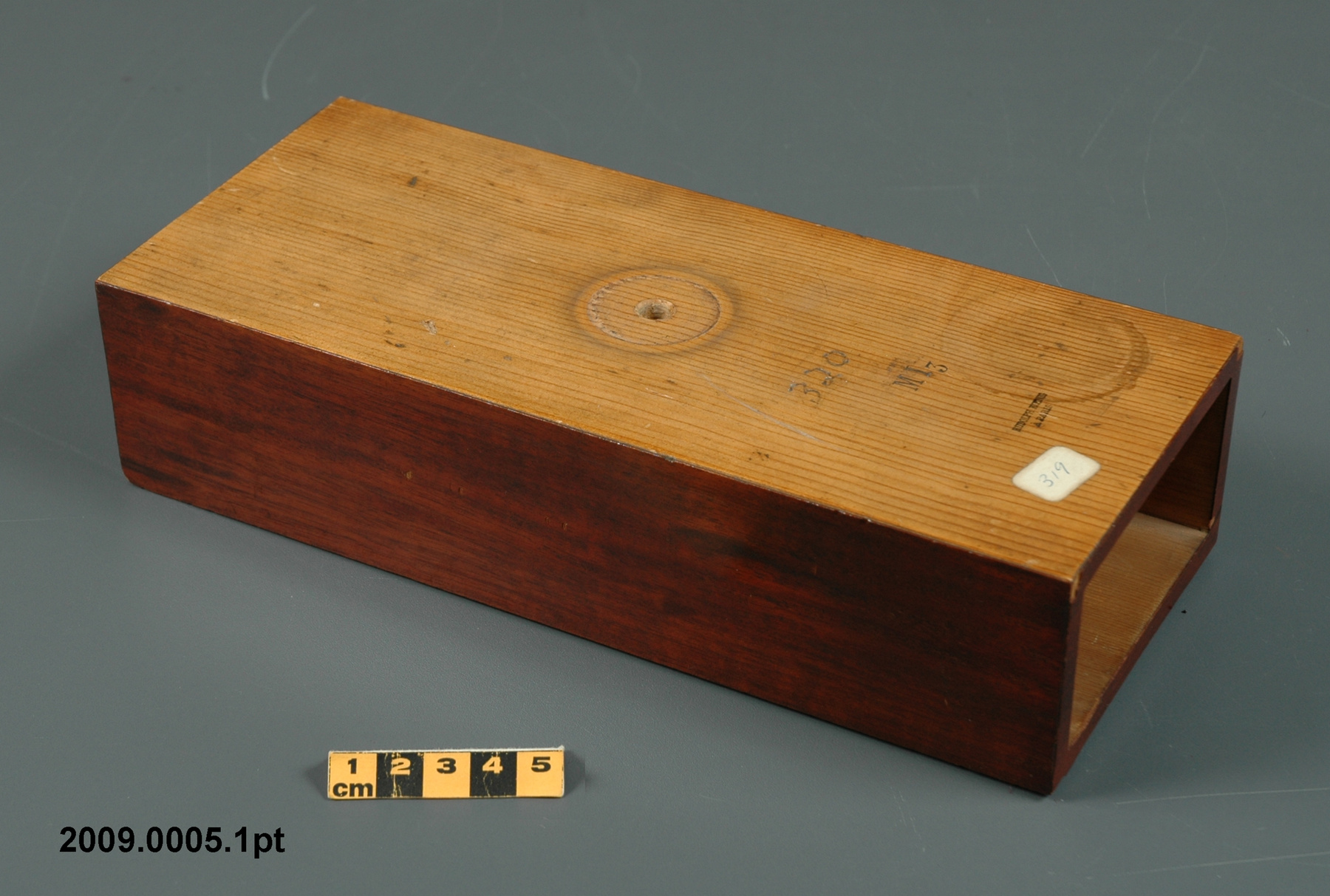Diapason
Utiliser cette image
Puis-je réutiliser cette image sans autorisation? Oui
Les images sur le portail de la collection d’Ingenium ont la licence Creative Commons suivante :
Copyright Ingenium / CC BY-NC-ND (Attribution-NonCommercial 4.0 International (CC BY-NC 4.0)
ATTRIBUER CETTE IMAGE
Ingenium,
2009.0005.001
Permalien:
Ingenium diffuse cette image sous le cadre de licence Creative Commons et encourage son téléchargement et sa réutilisation à des fins non commerciales. Veuillez mentionner Ingenium et citer le numéro de l’artefact.
TÉLÉCHARGER L’IMAGEACHETER CETTE IMAGE
Cette image peut être utilisée gratuitement pour des fins non commerciales.
Pour un usage commercial, veuillez consulter nos frais de reproduction et communiquer avec nous pour acheter l’image.
- TYPE D’OBJET
- demonstration/mounted/320 Hz/640 VS
- DATE
- 1889
- NUMÉRO DE L’ARTEFACT
- 2009.0005.001
- FABRICANT
- Koenig, Rudolph
- MODÈLE
- MI3
- EMPLACEMENT
- Paris, France
Plus d’information
Renseignements généraux
- Nº de série
- S/O
- Nº de partie
- 1
- Nombre total de parties
- 7
- Ou
- S/O
- Brevets
- S/O
- Description générale
- ferrous metal fork/ wood box/ non-ferrous metal nut/ remnant of rubber pad on underside of box/ paper? label
Dimensions
Remarque : Cette information reflète la taille générale pour l’entreposage et ne représente pas nécessairement les véritables dimensions de l’objet.
- Longueur
- 24,9 cm
- Largeur
- 10,7 cm
- Hauteur
- 24,9 cm
- Épaisseur
- S/O
- Poids
- S/O
- Diamètre
- S/O
- Volume
- S/O
Lexique
- Groupe
- Physique
- Catégorie
- Acoustique
- Sous-catégorie
- S/O
Fabricant
- Ou
- Koenig
- Pays
- France
- État/province
- Inconnu
- Ville
- Paris
Contexte
- Pays
- Canada
- État/province
- Inconnu
- Période
- circa late 19th century +
- Canada
-
A piece of French made equipment from the original laboratories of one of Canada's premier research schools. These apparatus derive from the earliest days of physics teaching at Western University in London (1920s). In the late nineteenth century, Canadian scientists such as J.C. McLennan (Canada's first PhD in physics in 1900, U of T) learned the basics of physics using these apparatus. The maker, Rudolph Koenig, was influential in helping Prof. James Loudon establish the first teaching laboratory in Canada in the 1870s and 80s, which was emulated at other schools such as Queen's, Western and McGill. These particular apparatus were probably obtained c. 1920 by Raymond Compton Dearle, who had done a PHD at the University of Toronto under J.C. McLennan. The French connection is also significant. In the late nineteenth century, every college and university in Canada and the United States bought instruments from Paris. They were deemed an essential part of early research and teaching. In the early 1870s, shortly after arriving in Boston, Alexander Bell used the Koenig instruments at MIT for his research on visible speech. He was particularly impressed with the manometric flame instruments and went out of his way to meet Koenig at the 1876 Exhibition in Philadelphia. - Fonction
-
An instrument which, when struck, audibly reproduces a note of a definite pitch. This is one of a series of tuning forks, mounted on resonsnce boxes, based on the harmonics of the fundamental ut2, used to demonstrate that one could sympathetically excite a harmonic series with the base note, ut2. - Technique
-
These tuning forks by Koenig were the highest precision of their day, which were used to standardize pitch across North America and Europe, as well as for precision timing apparatus in physics experiments. This series of forks is based on the harmonics of the fundamental ut2 and demonstrated that one could sympathetically excite a harmonic series with the base note, ut2. Acoustical demonstrations were an enormously popular part of basic science and physics education during the nineteenth century. They were the foundation of fundamental studies in physics, musicology and psychology. Teaching laboratories and conservatories across Europe and North America had large acoustical collections for demonstrating and experimenting with sound phenomena; acoustical instruments were also used extensively for public lectures on "the science of musical sounds." In addition to basic science, physics and psychology, Koenig's acoustical instruments stimulated inventions related to the telephone and phonograph. Alexander Graham Bell used Koenig's manometric and graphical instruments to study "visible speech." Rudolph Koenig (1832-1901) was the most prolific and influential acoustical maker of the nineteenth century. He pioneered graphical and optical acoustics and perfected the making of tuning forks. He began work as a violin maker for J.B. Vuillaume and moved into the precision instrument trade in Paris during its height (1830-1880). His workshop on Quai d'Anjou, which was based on the master artisan model, was a popular meeting place in Paris for scientists, musicians, physicians and science agents. - Notes sur la région
-
Inconnu
Détails
- Marques
- indented lettering on tuning fork reads 'MI3/ 640 VS/ K'/ indented black lettering on box reads 'MI3/ RUDOLPH KOENIG/ À PARIS'/ hand written lettering on box reads '320'; handwritten label reads '319'/ white stenciled lettering on box side reads 'P263.30'
- Manque
- most of rubber feet or padding; tuning fork, .7.
- Fini
- metallic tuning fork/ light brown wood grain veneer attached to box top, mahogany finish veneer to sides and ends/ black rubber/ white label
- Décoration
- S/O
FAIRE RÉFÉRENCE À CET OBJET
Si vous souhaitez publier de l’information sur cet objet de collection, veuillez indiquer ce qui suit :
Koenig, Rudolph, Diapason, vers 1889, Numéro de l'artefact 2009.0005, Ingenium - Musées des sciences et de l'innovation du Canada, http://collection.ingeniumcanada.org/fr/id/2009.0005.001/
RÉTROACTION
Envoyer une question ou un commentaire sur cet artefact.
Plus comme ceci
